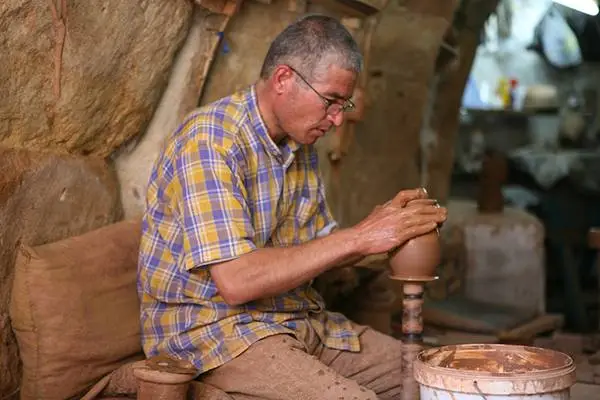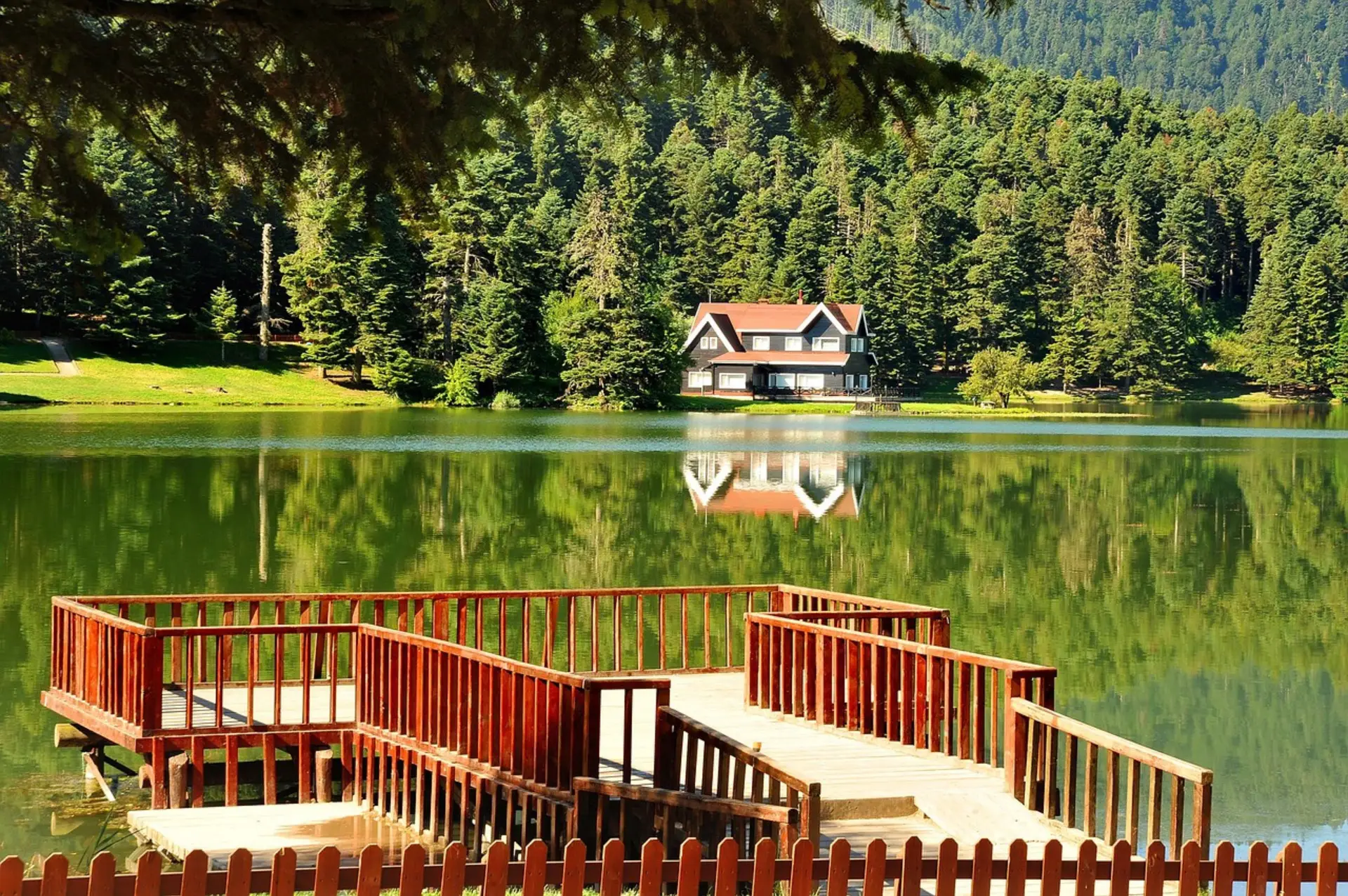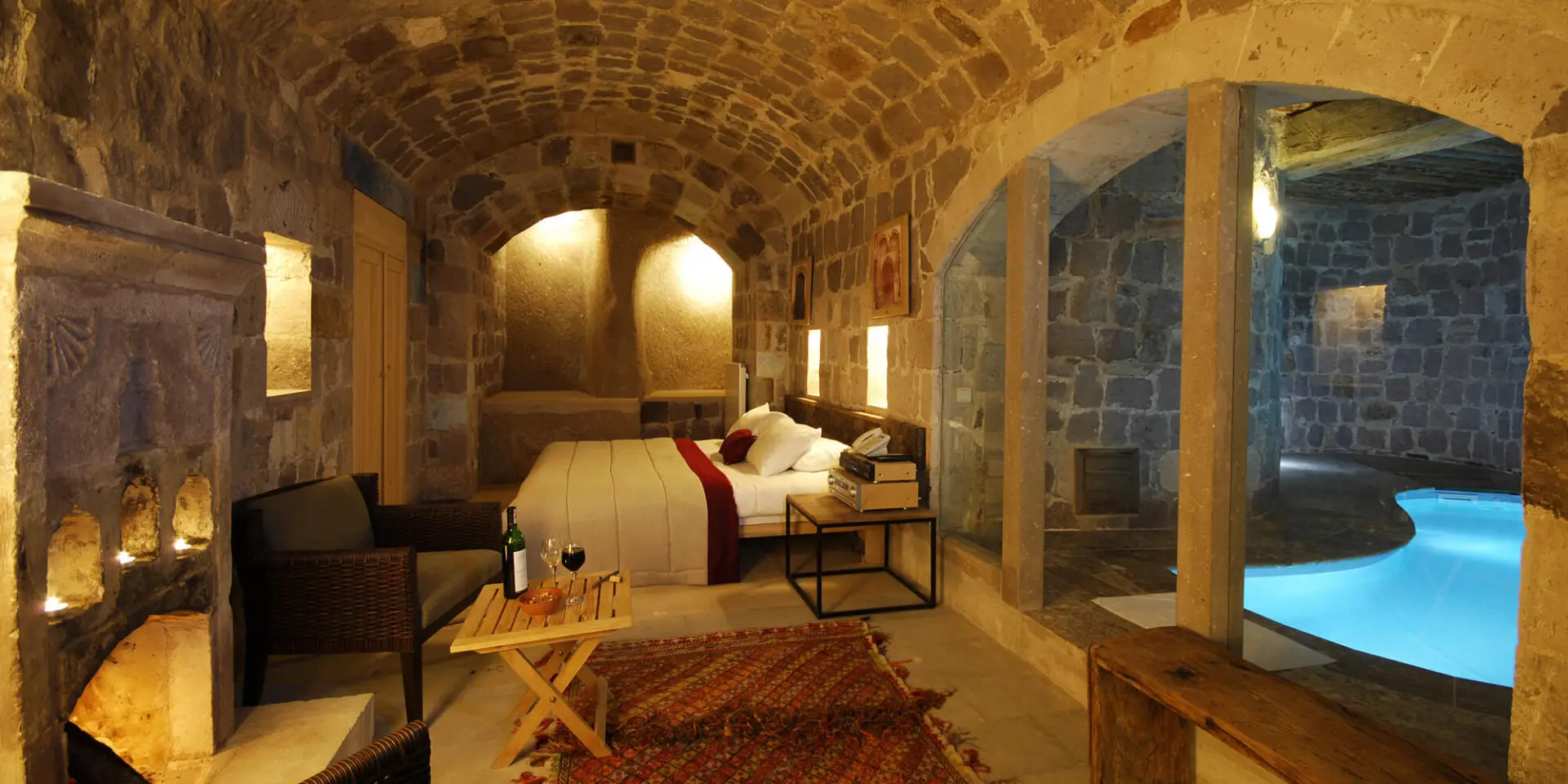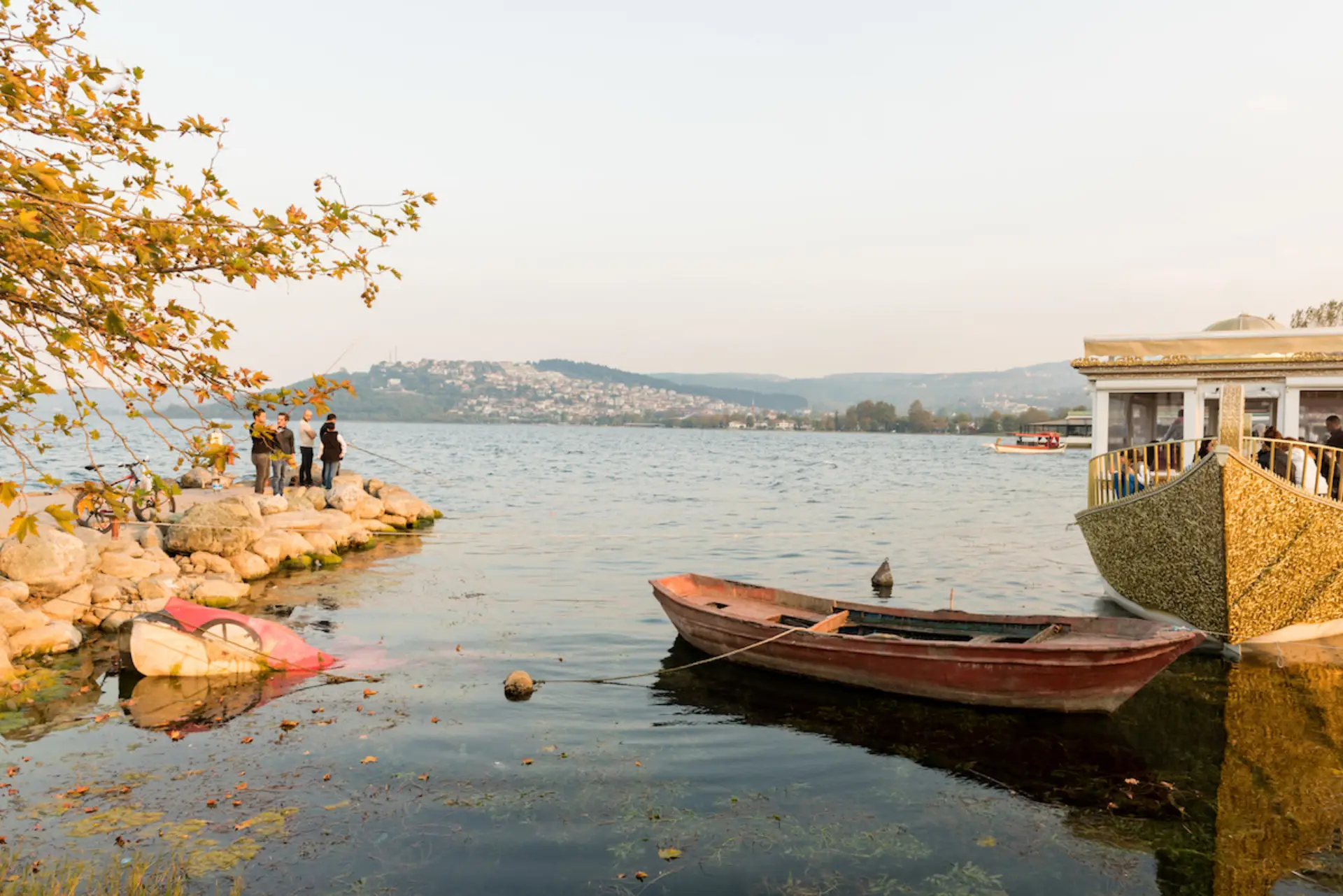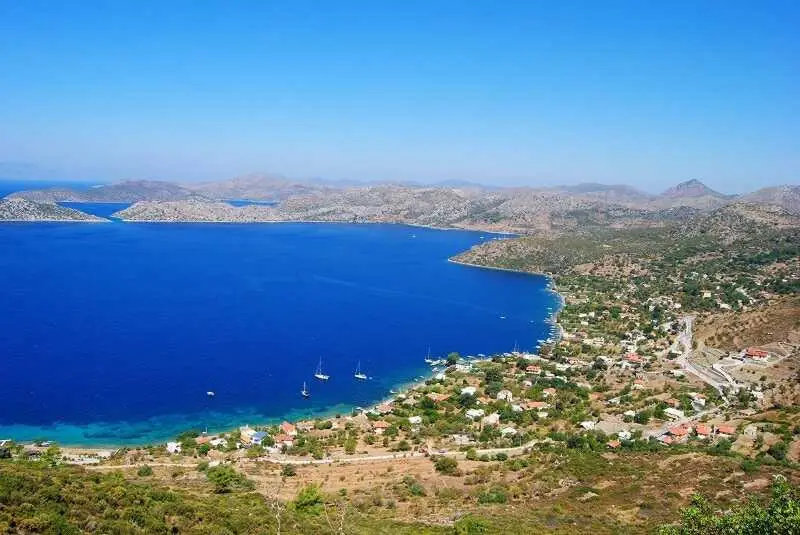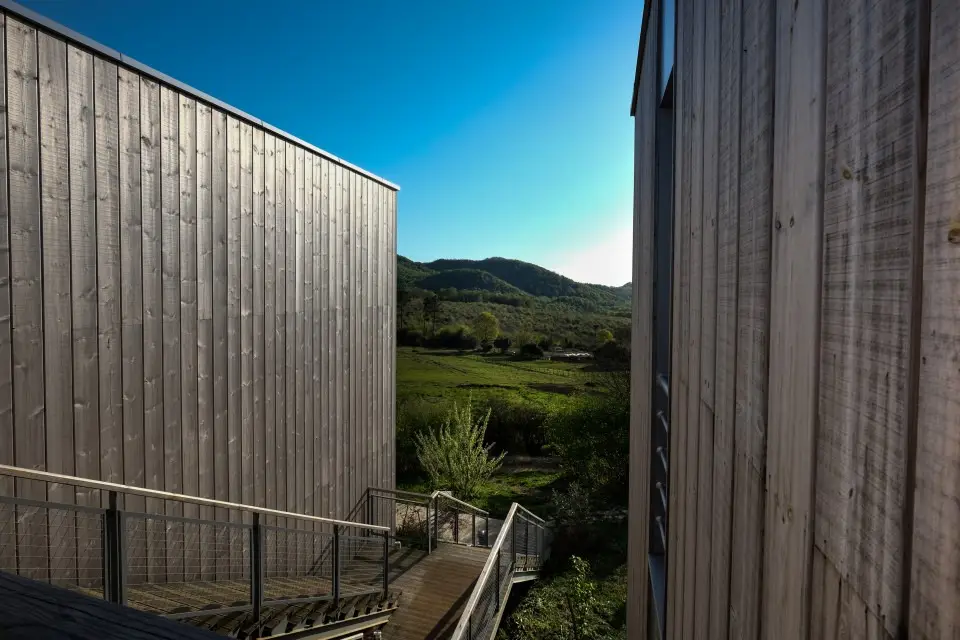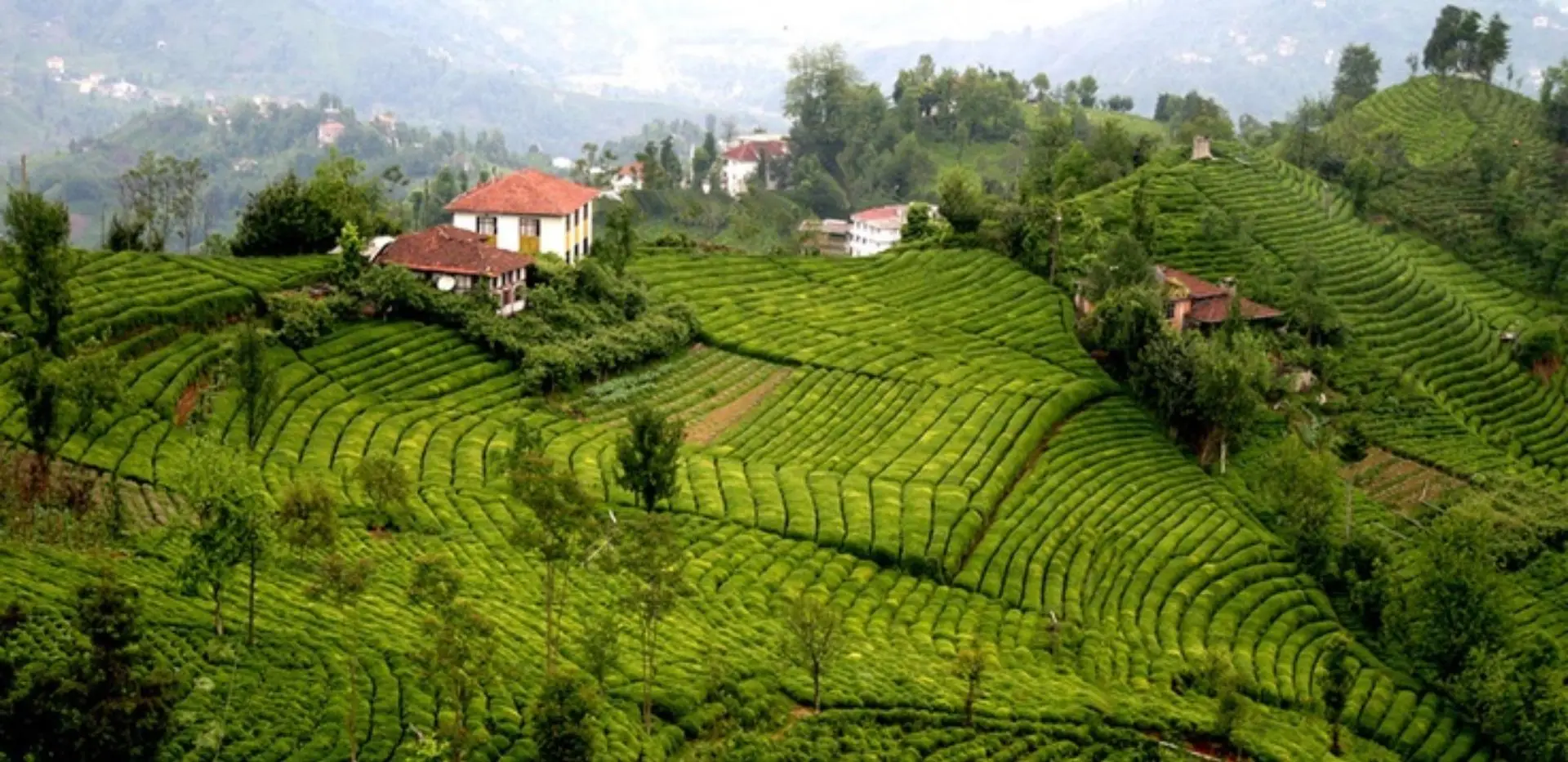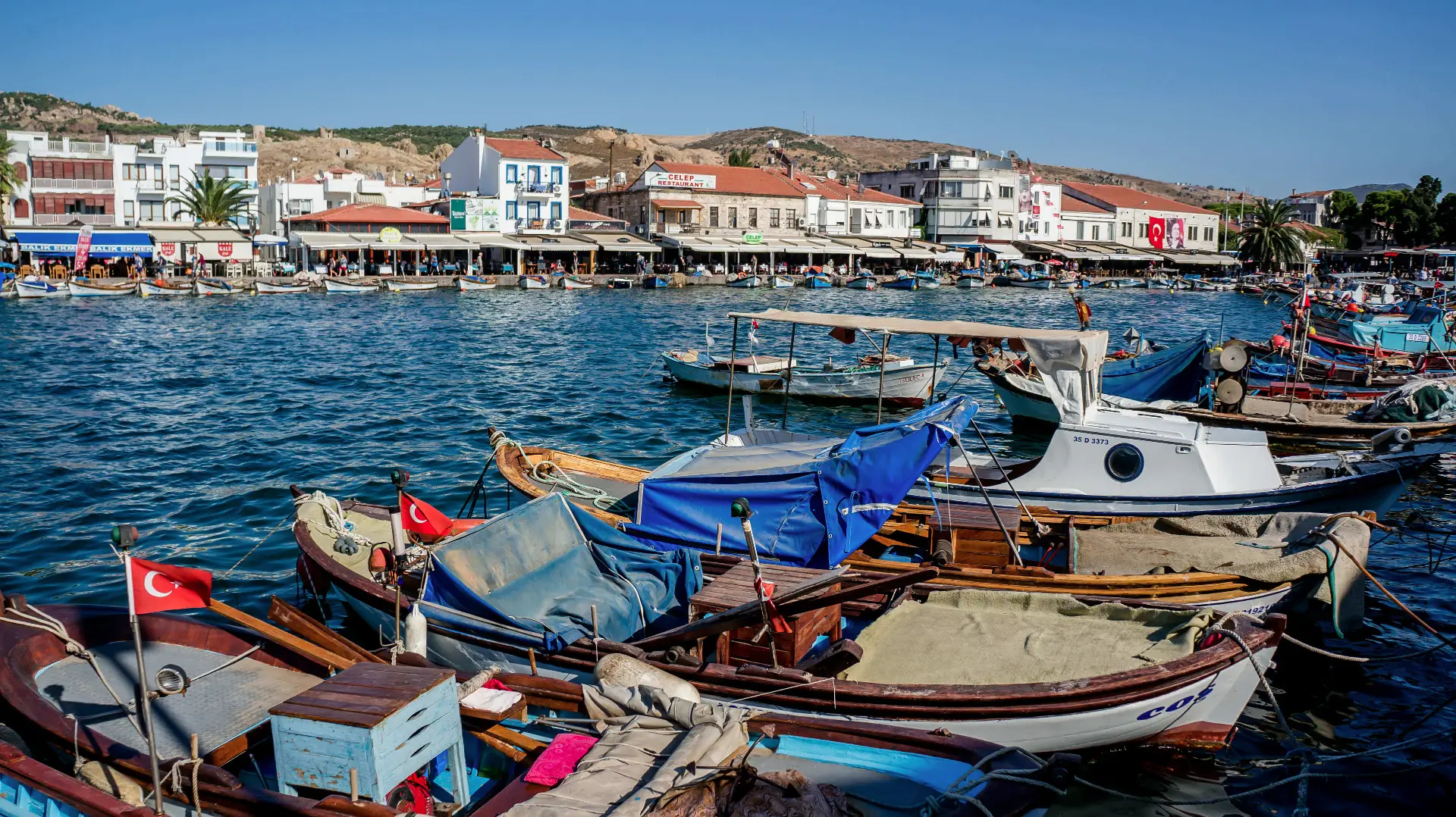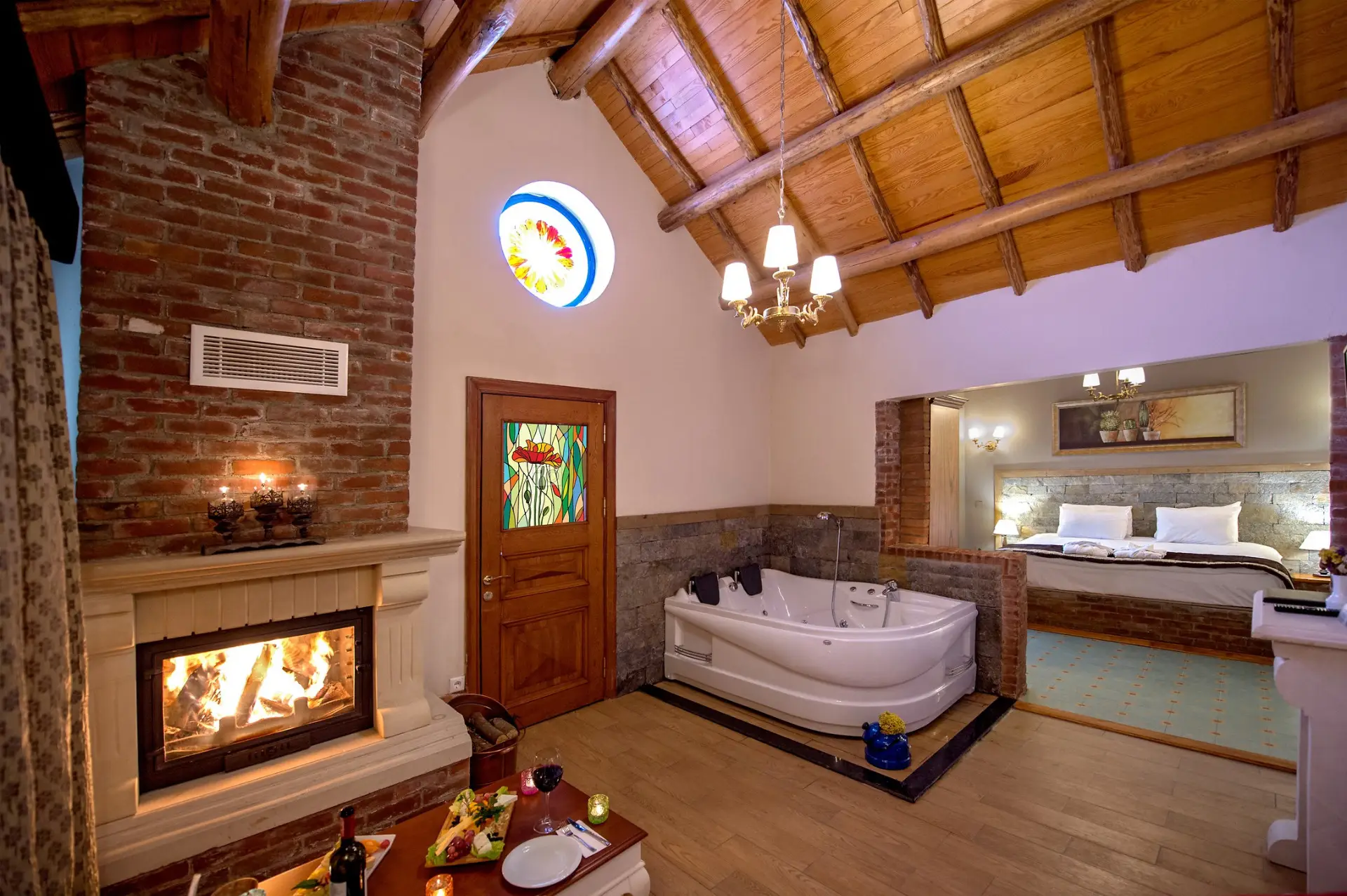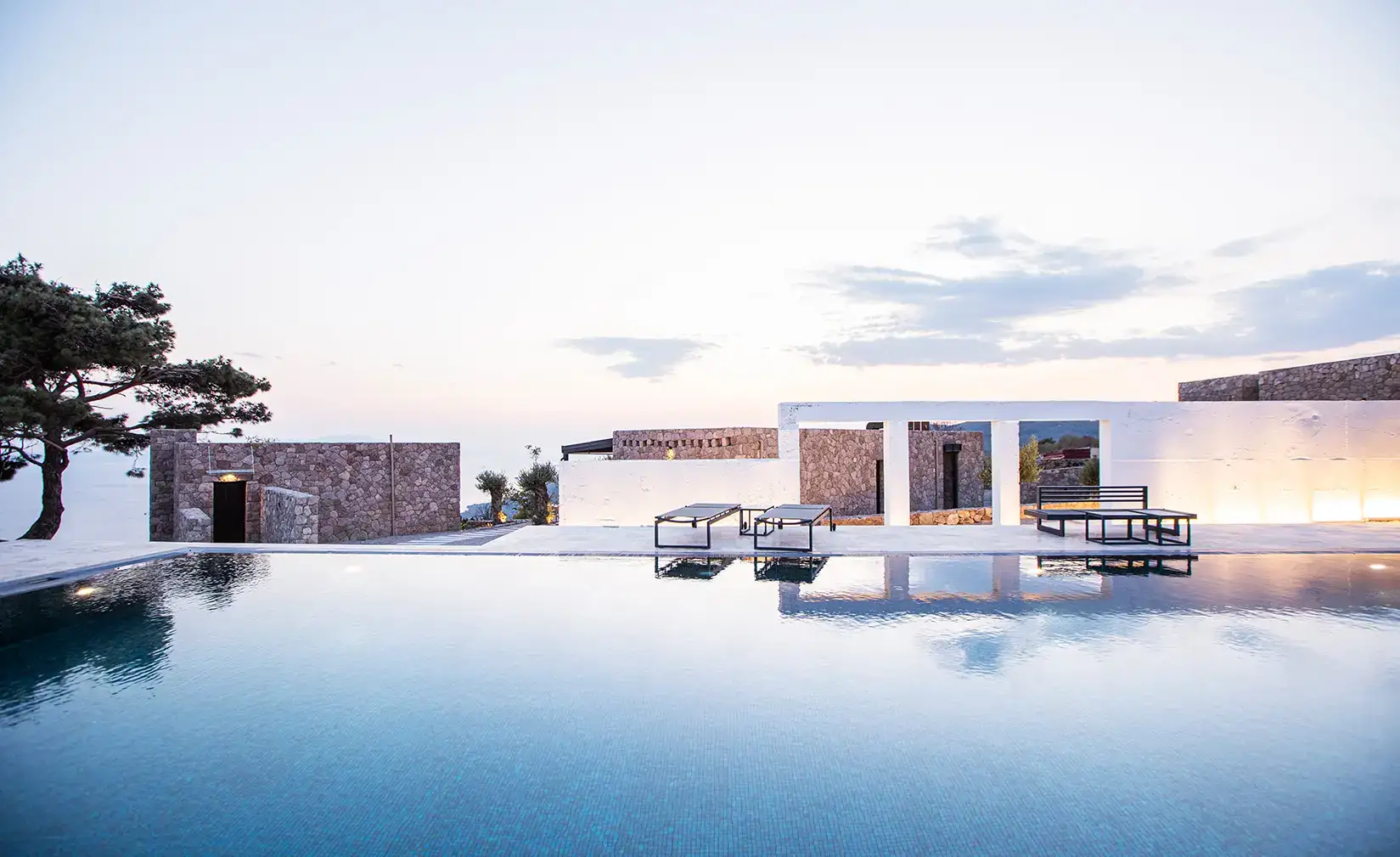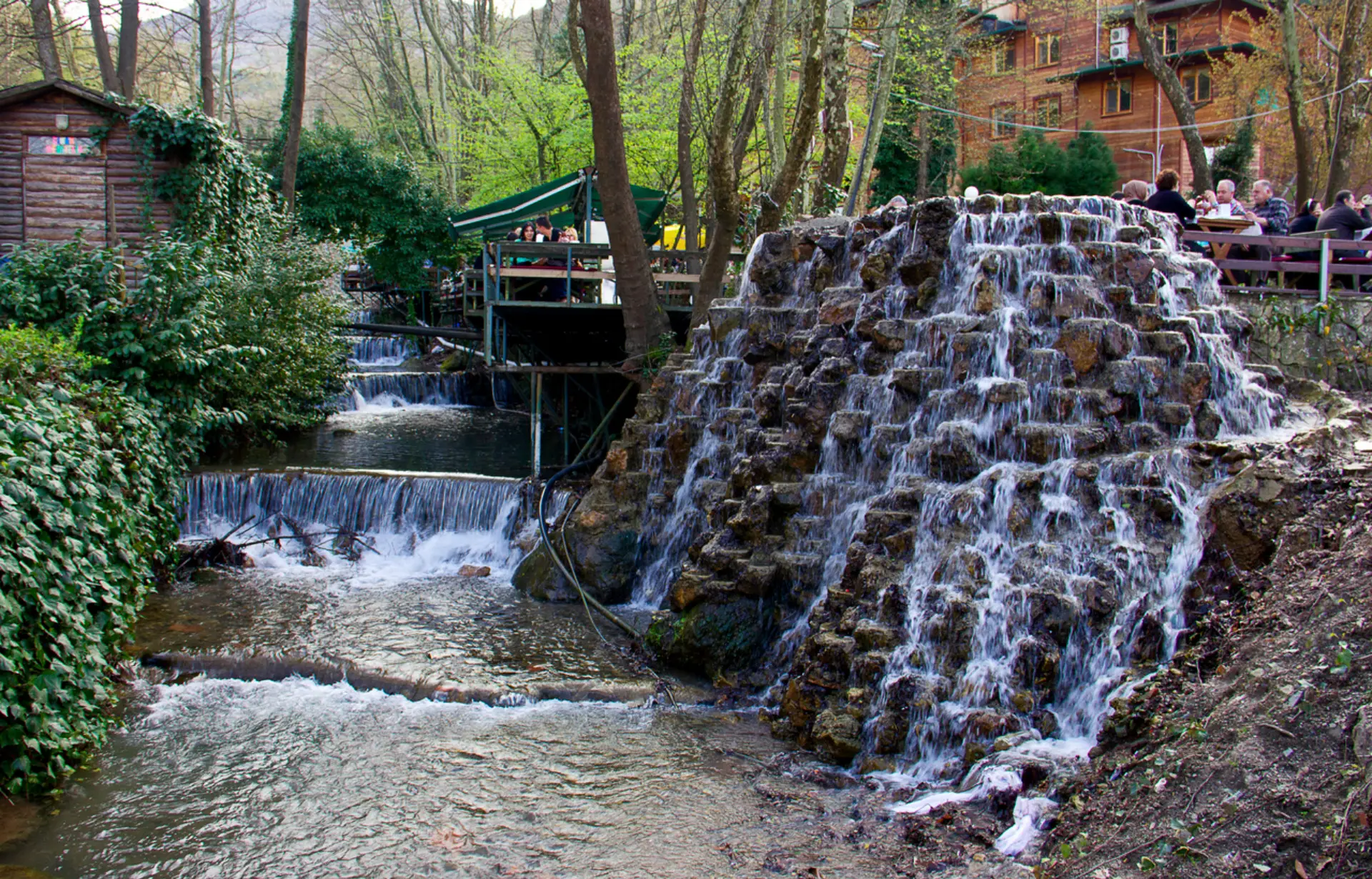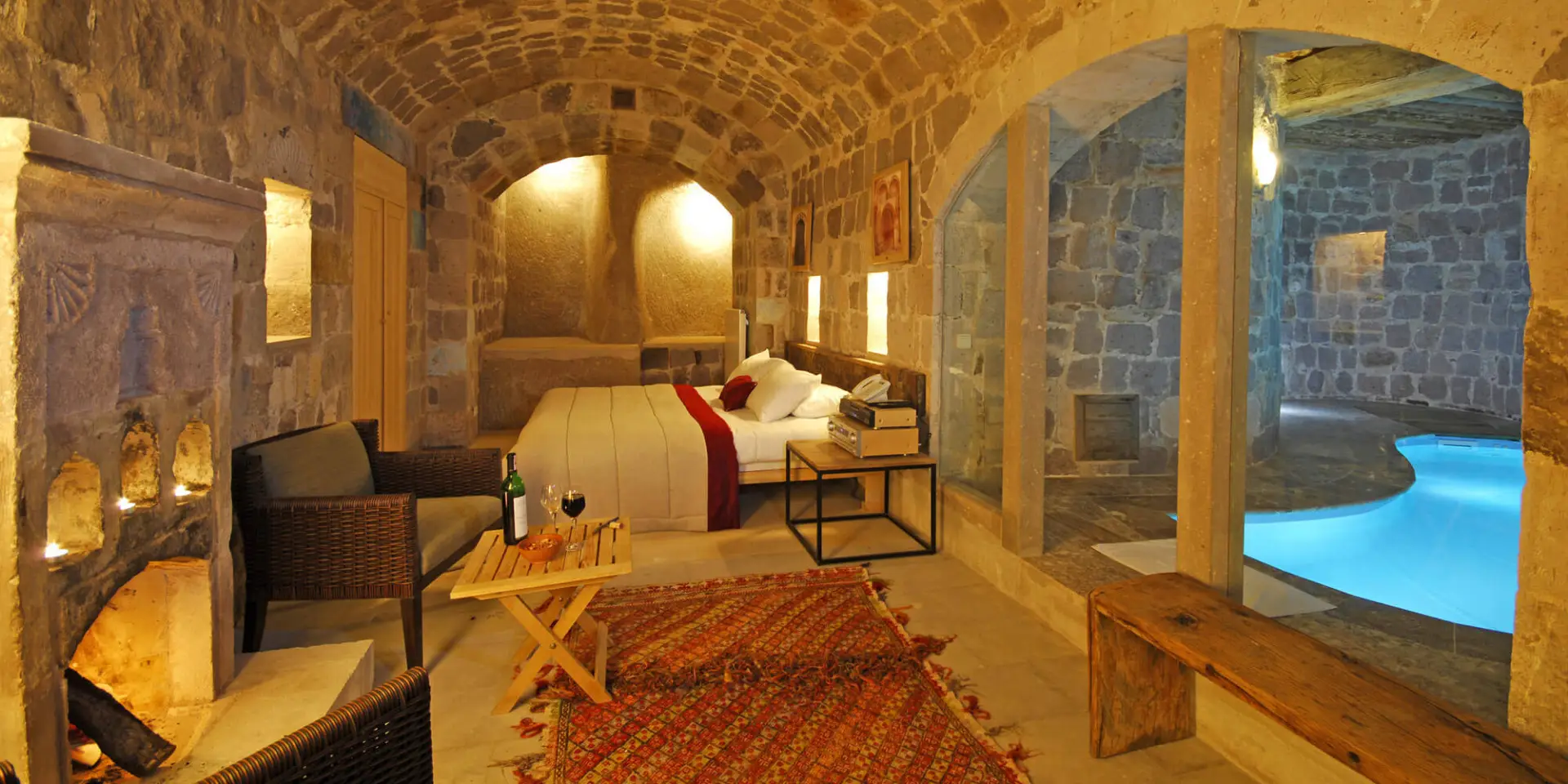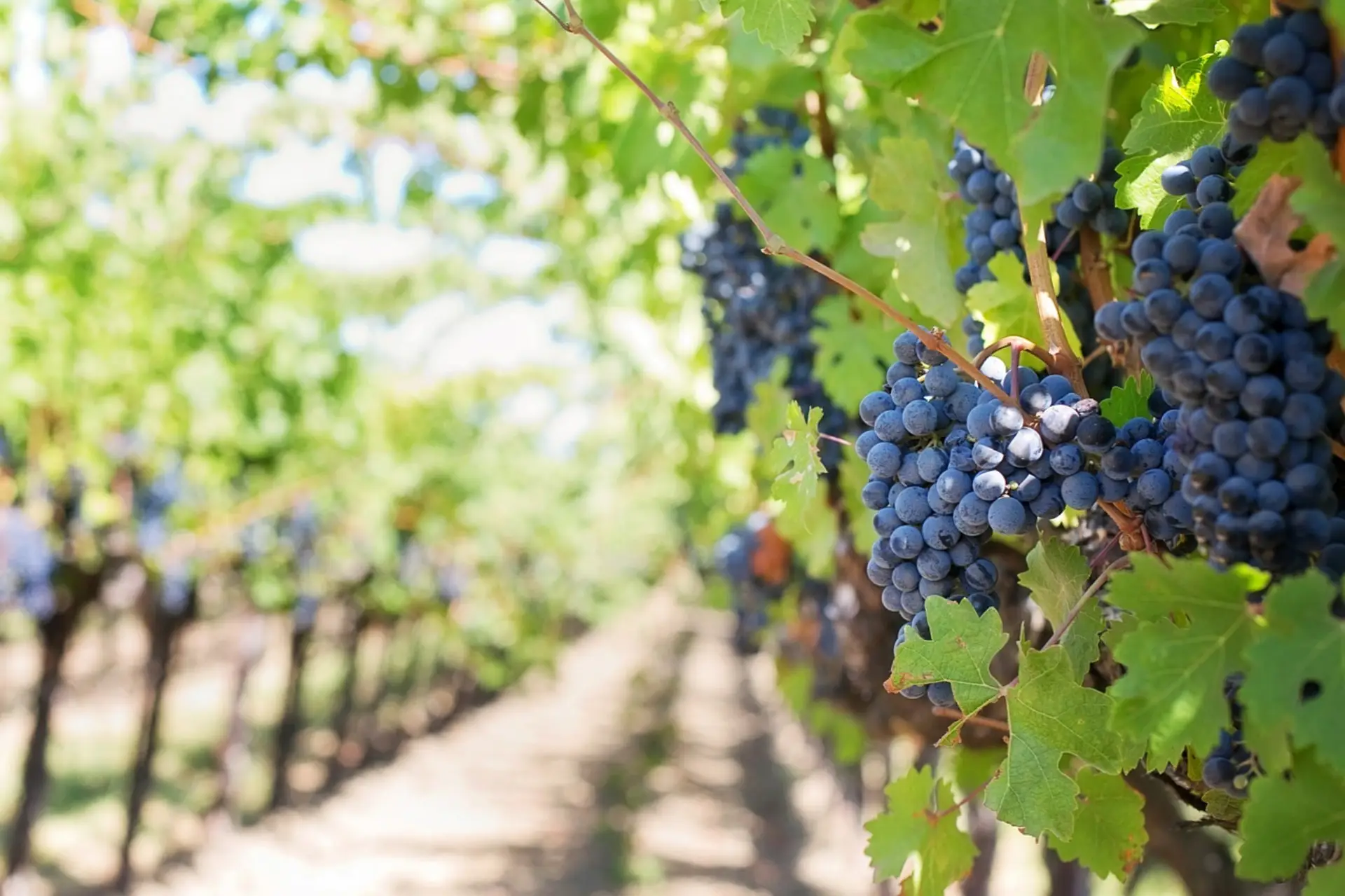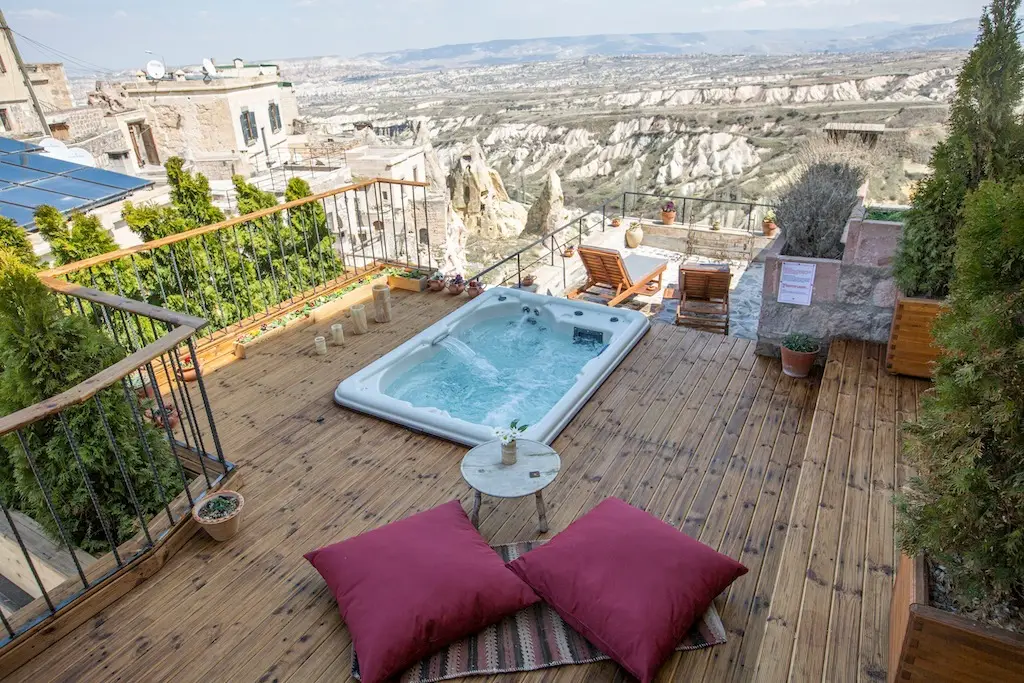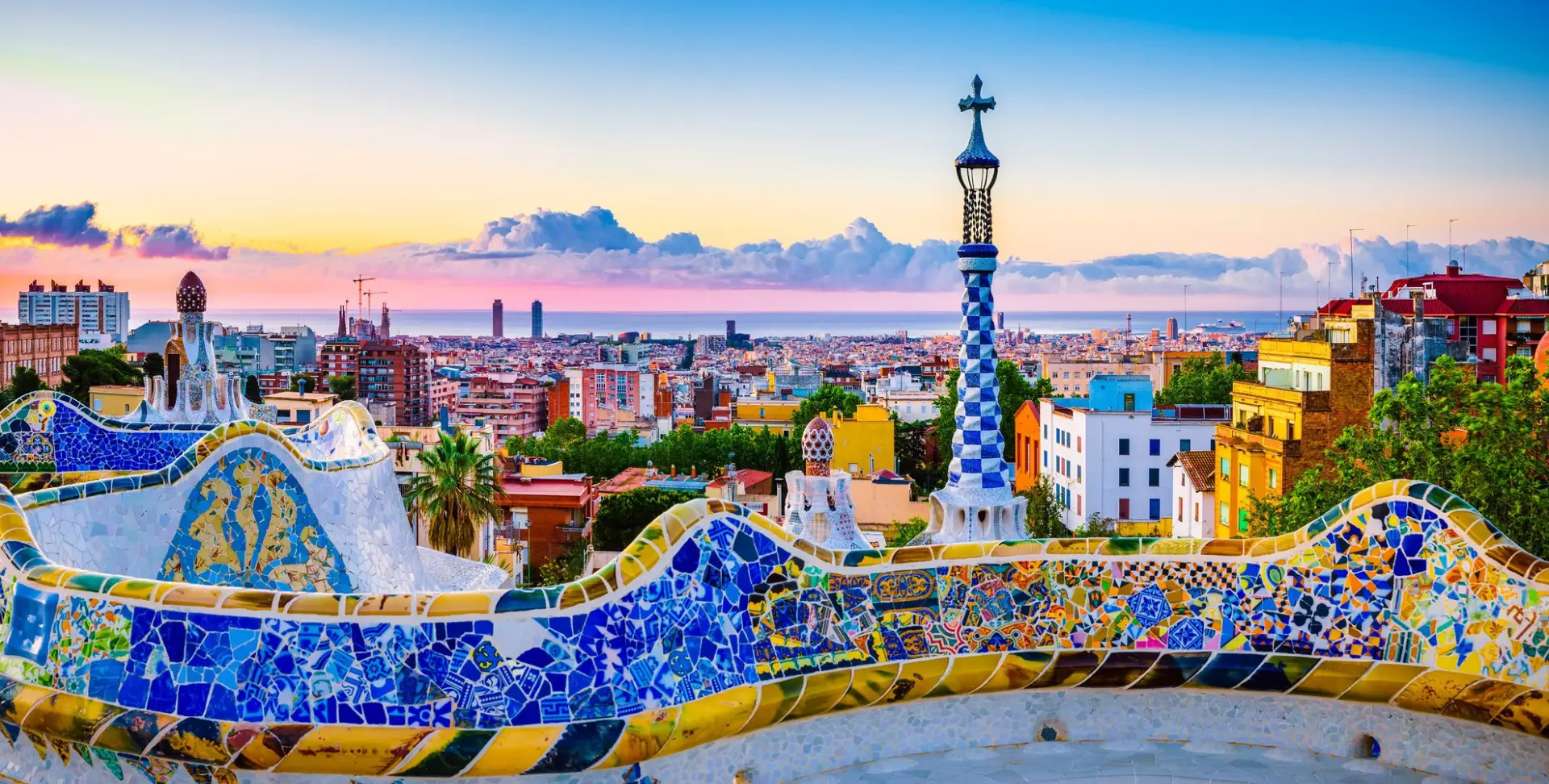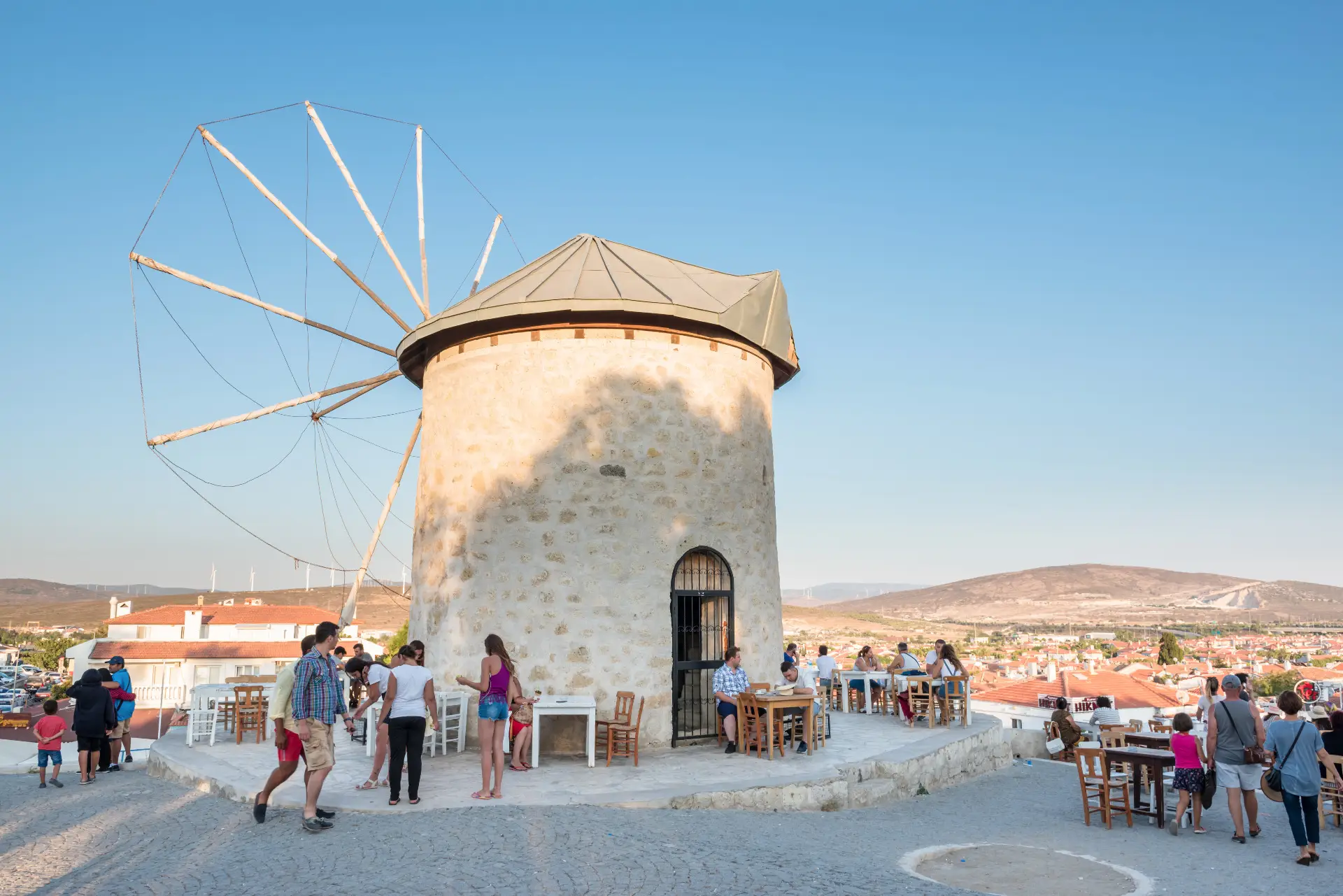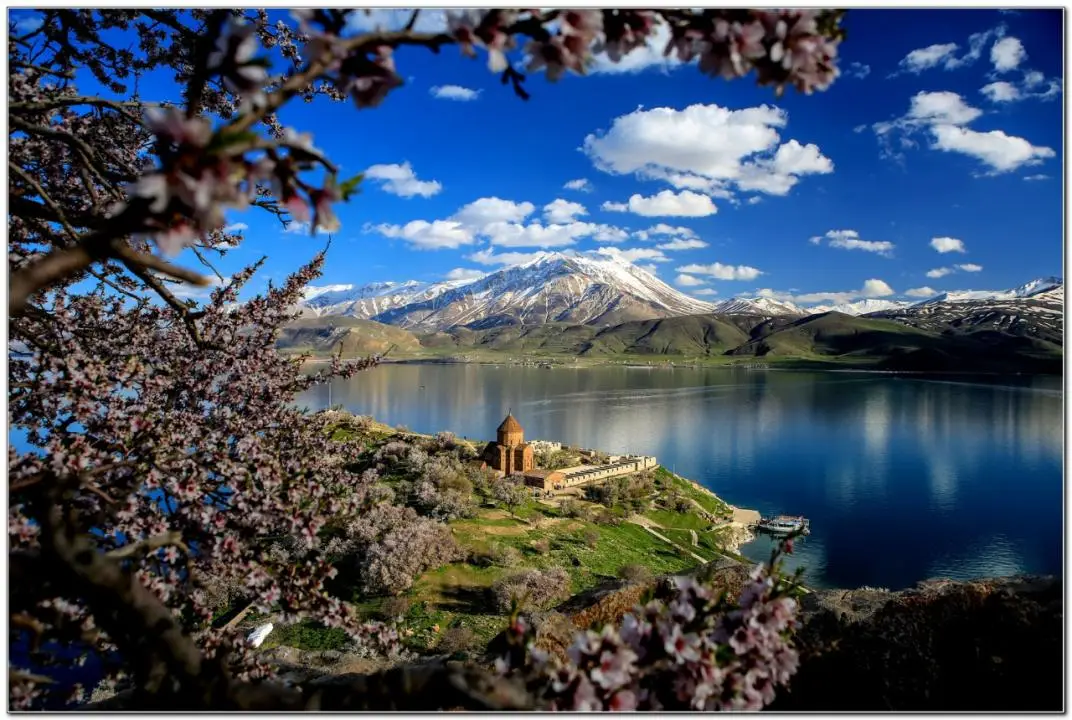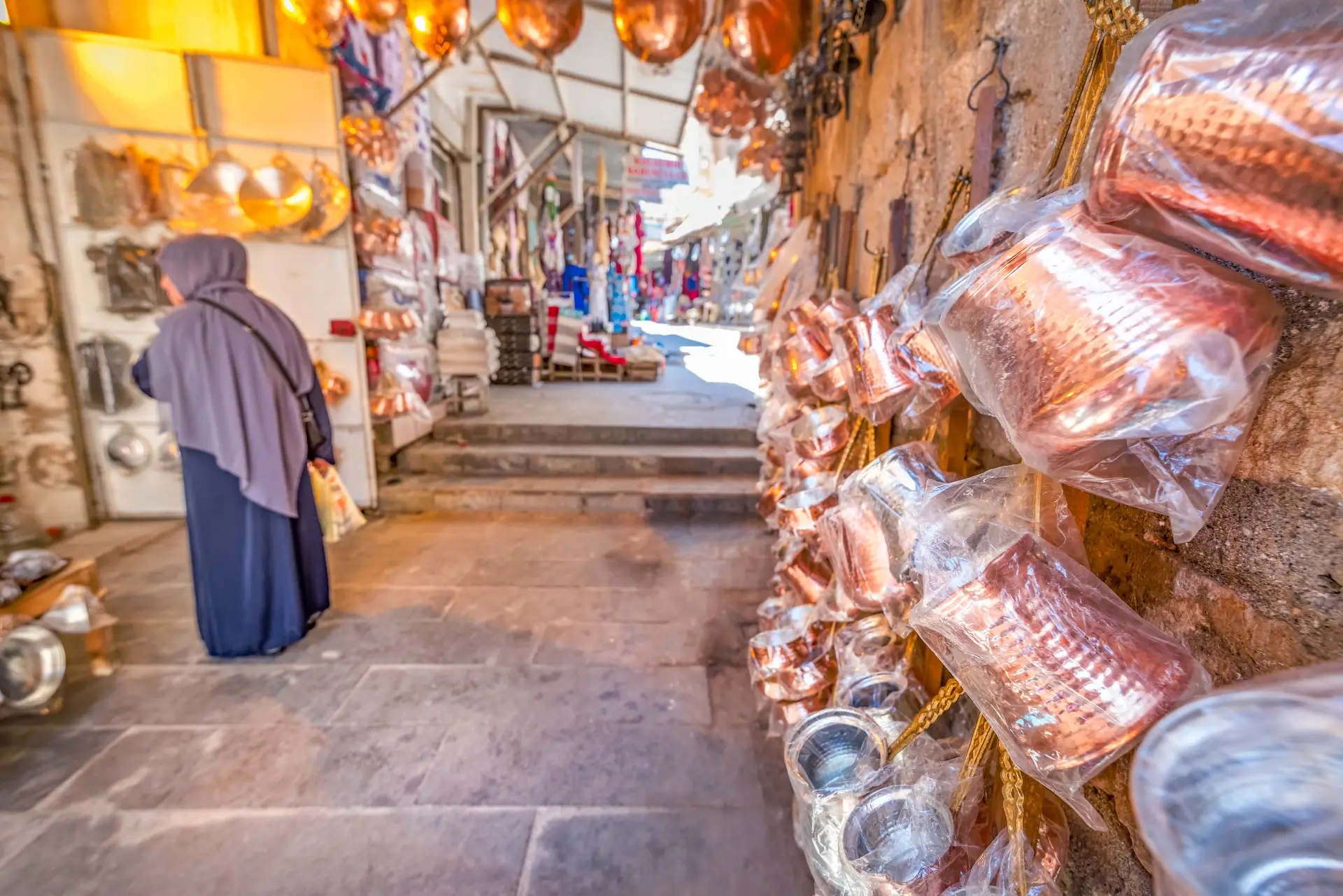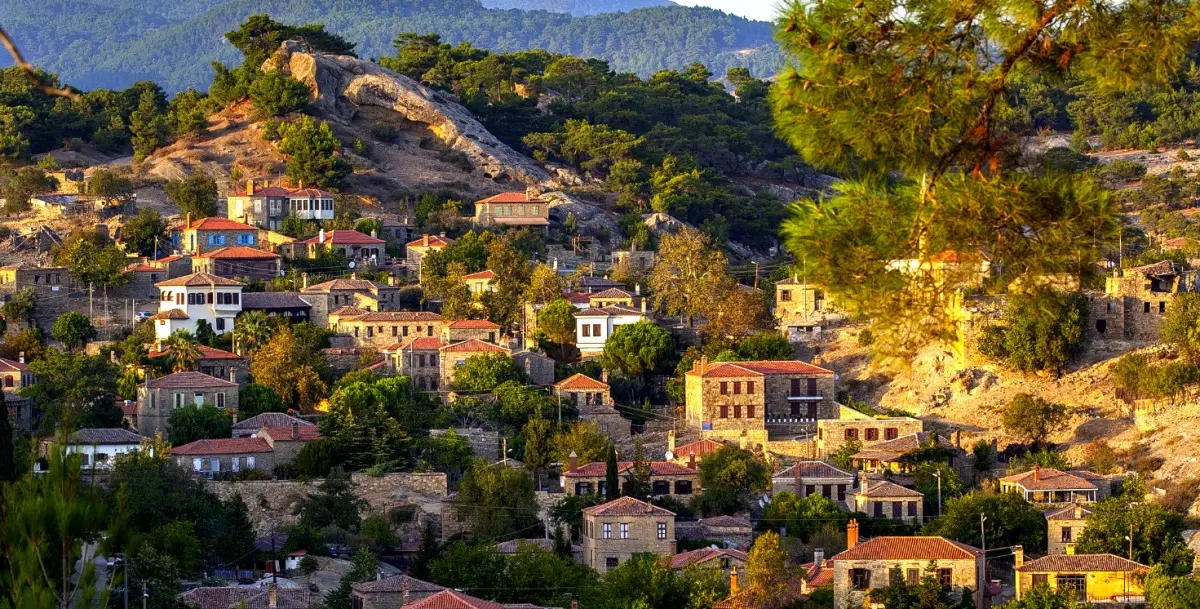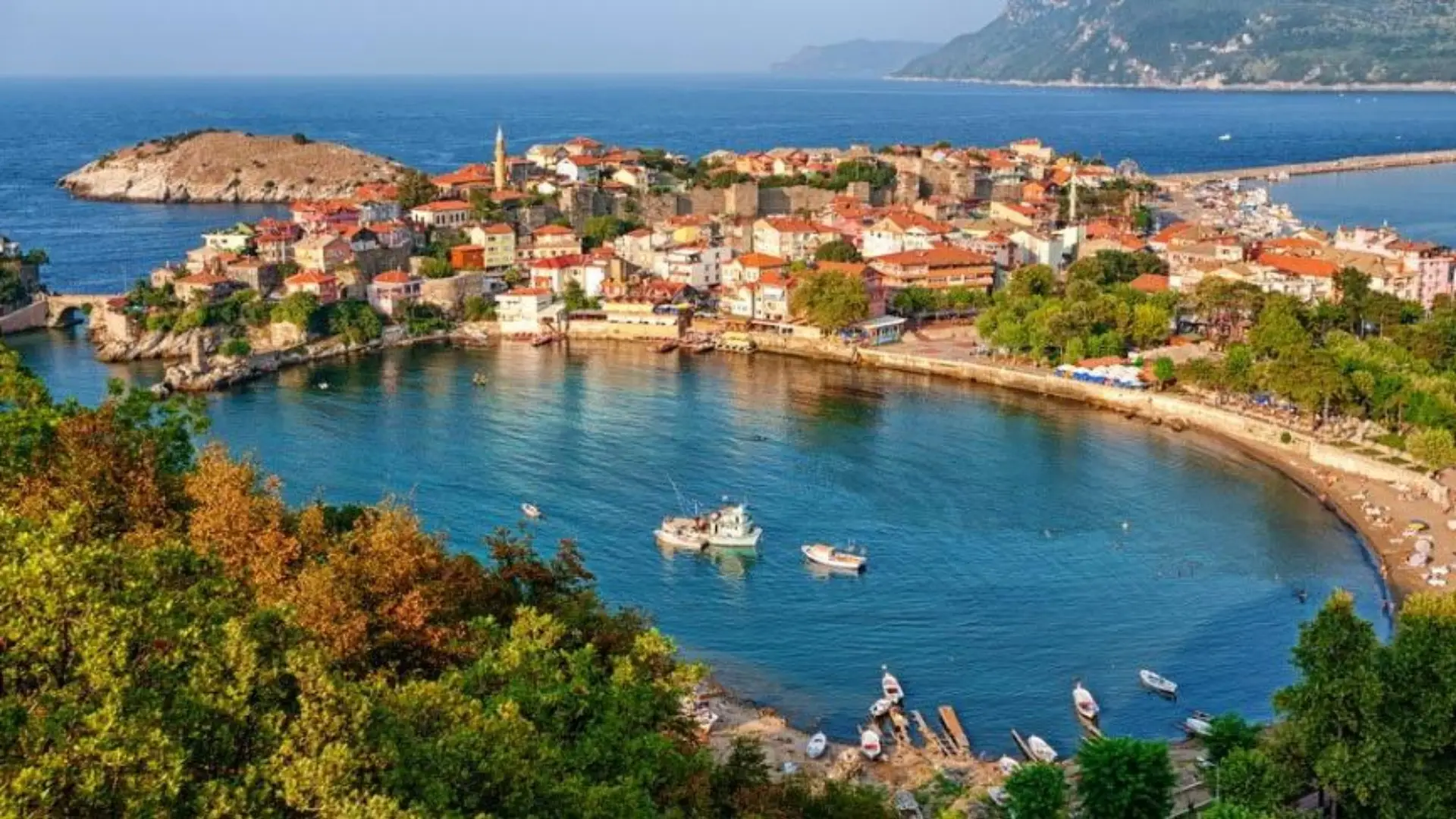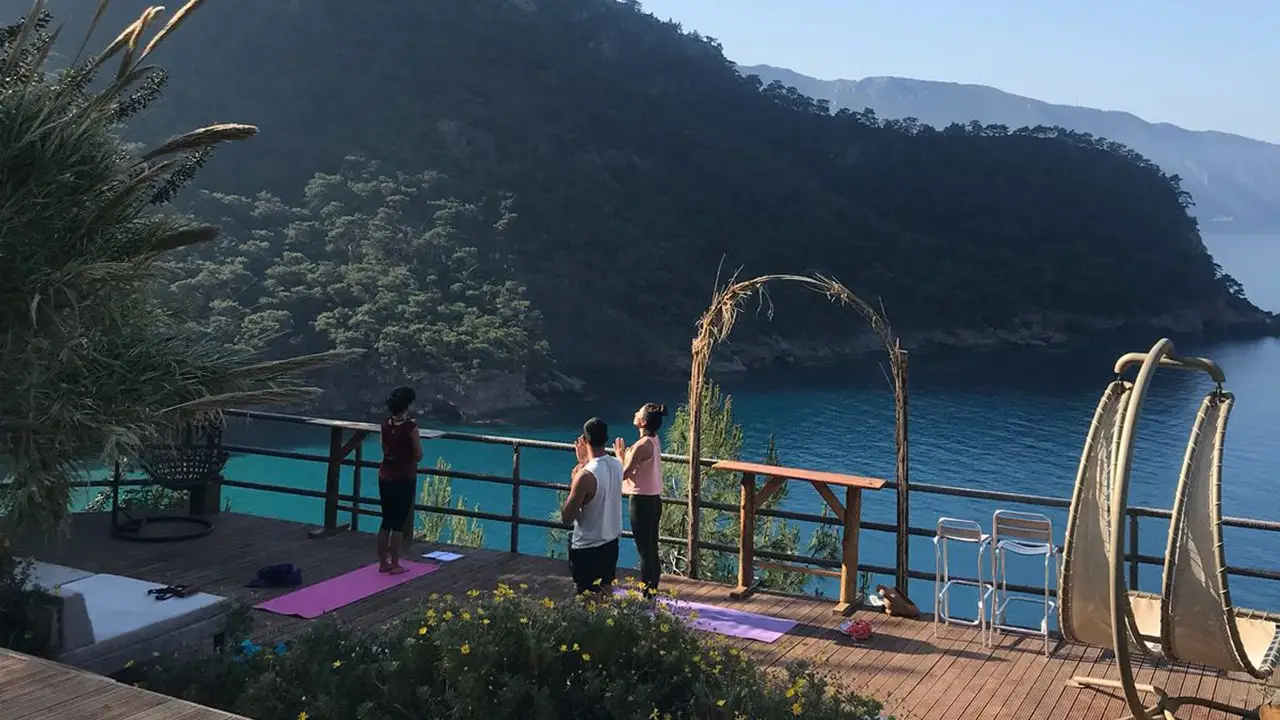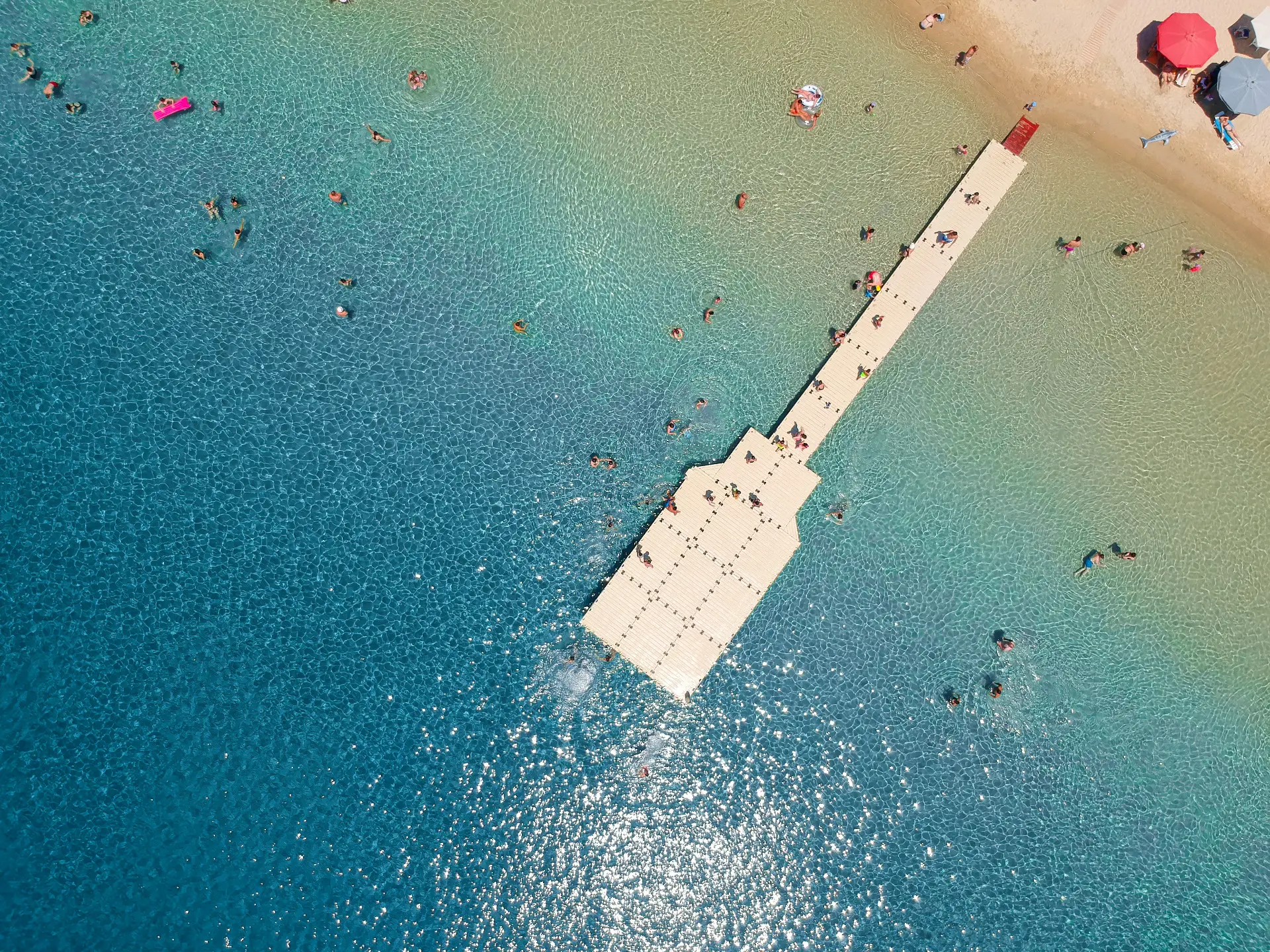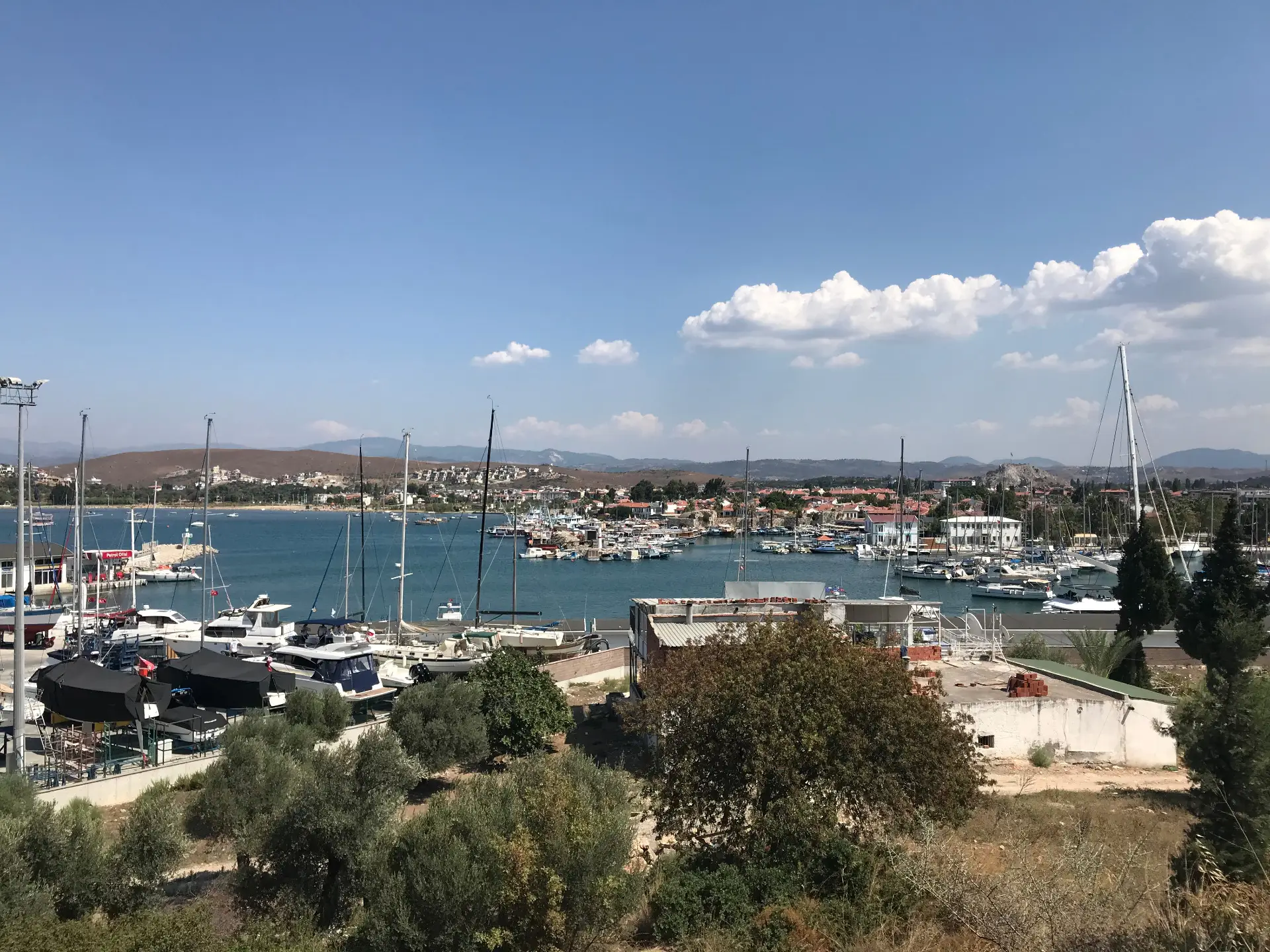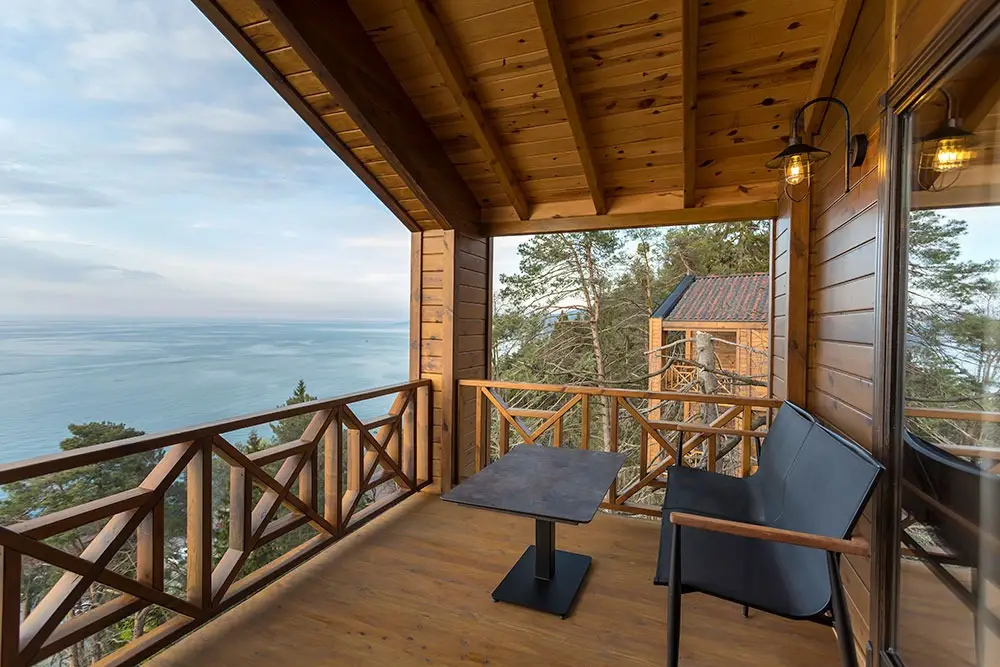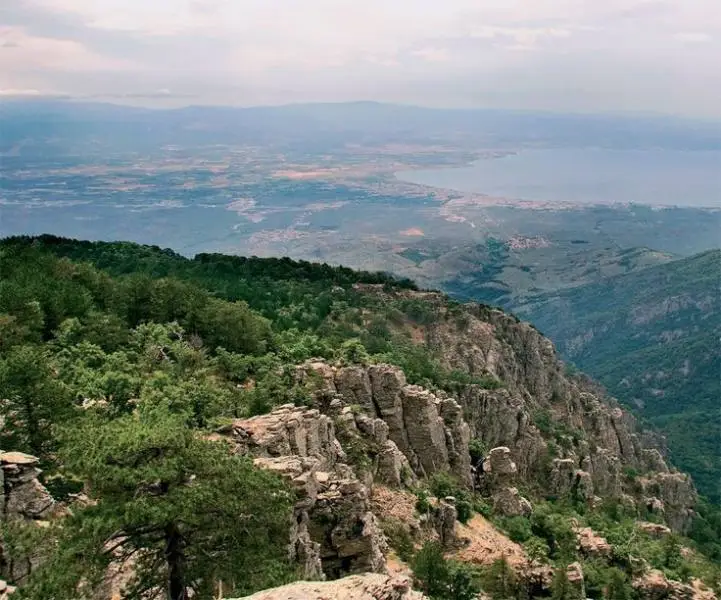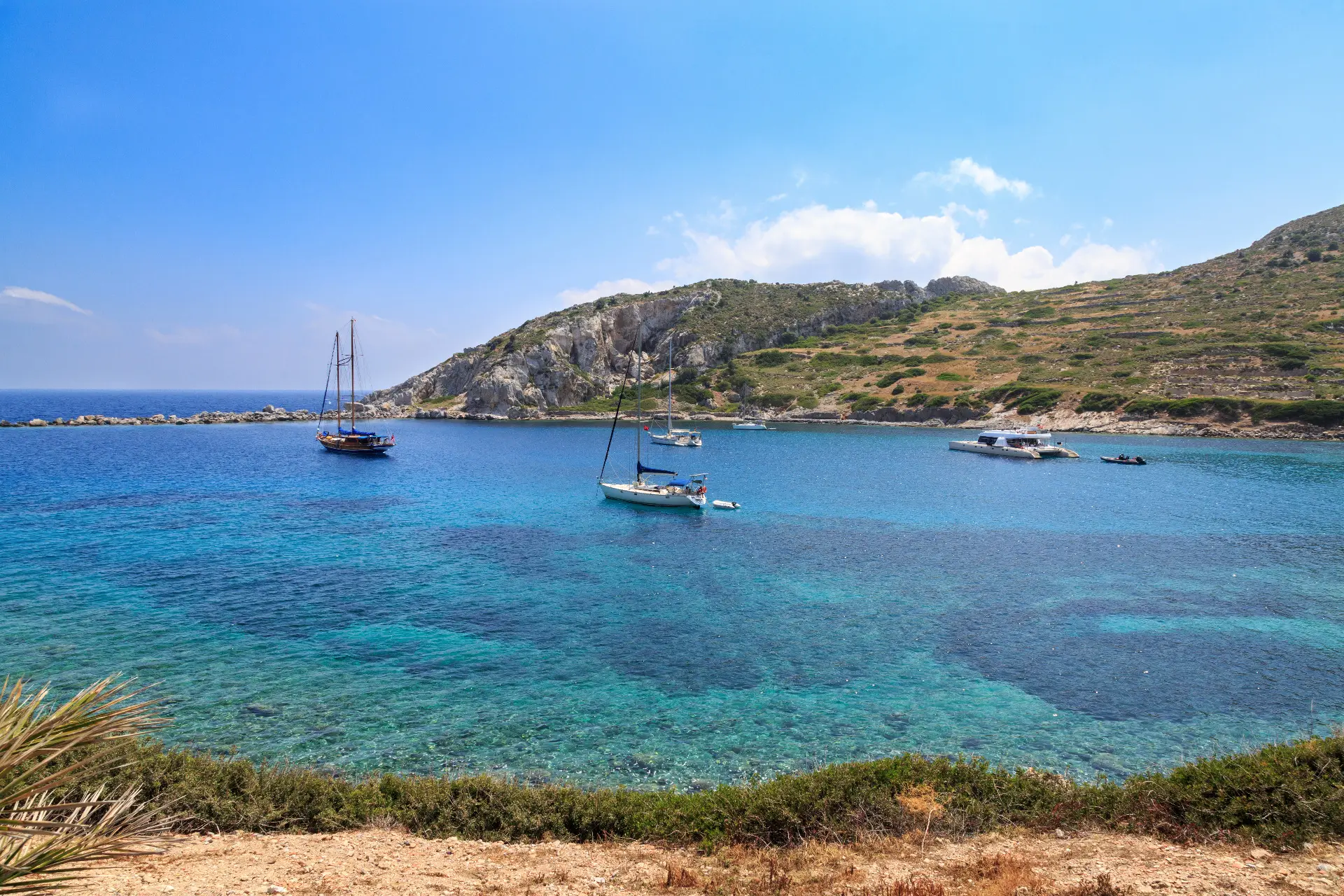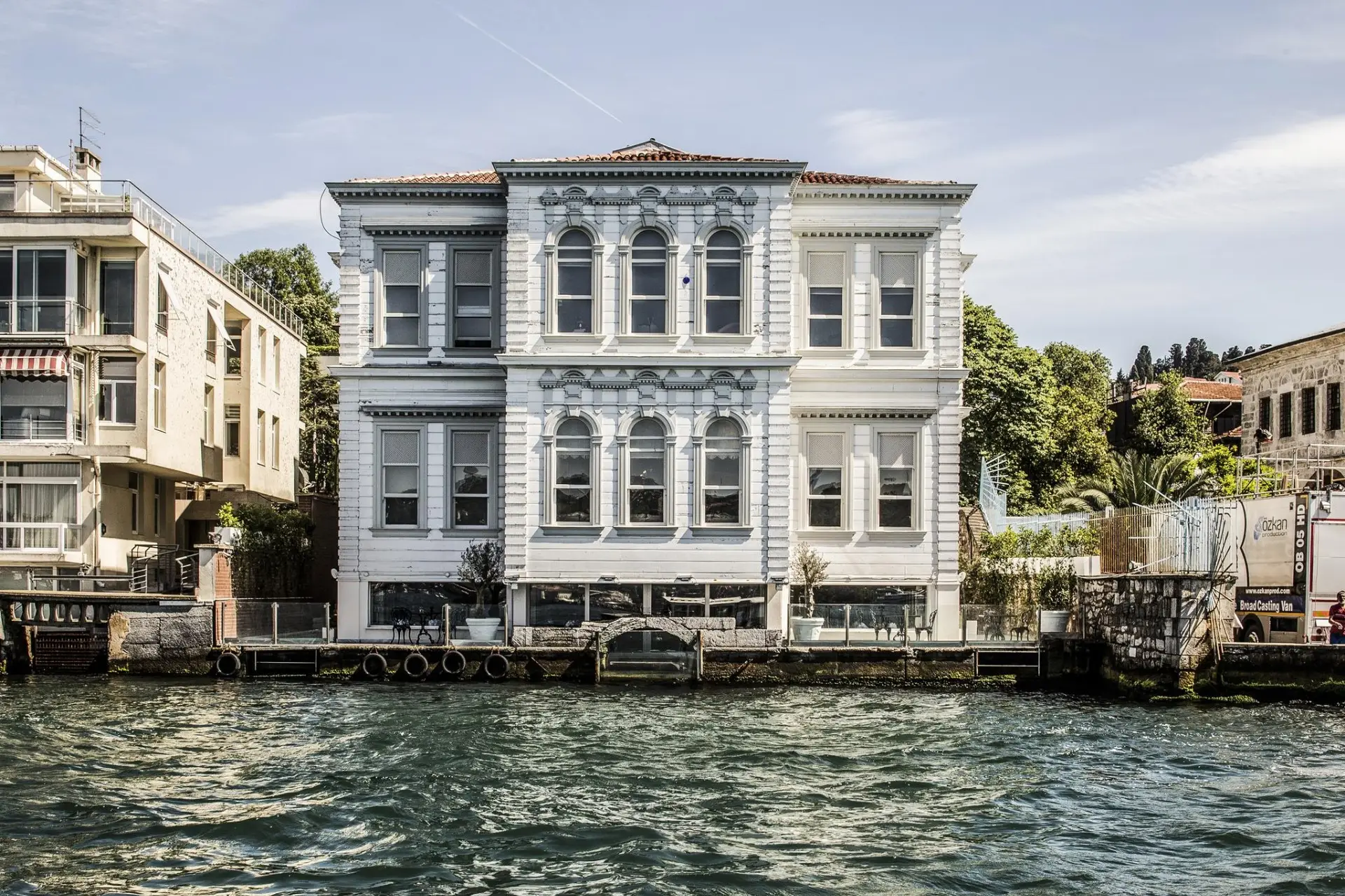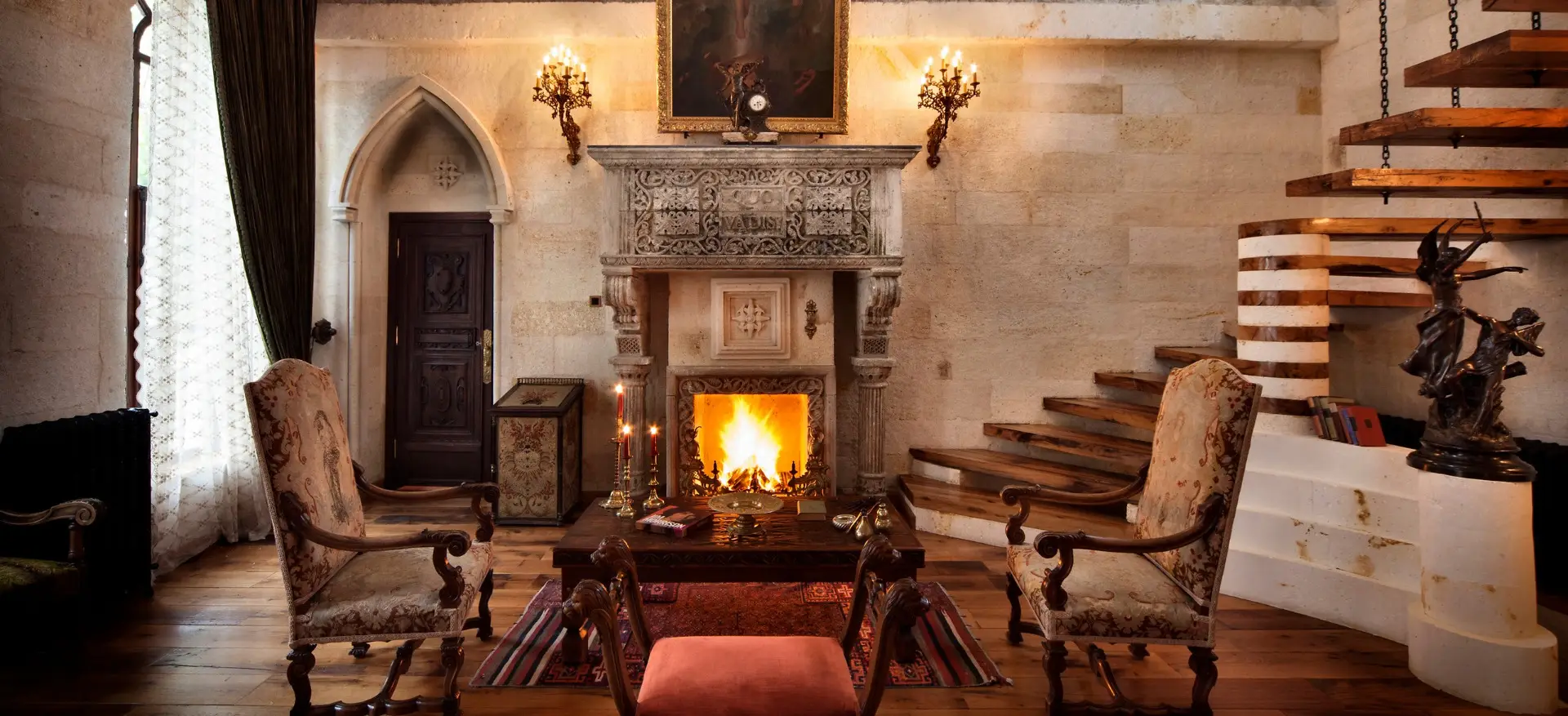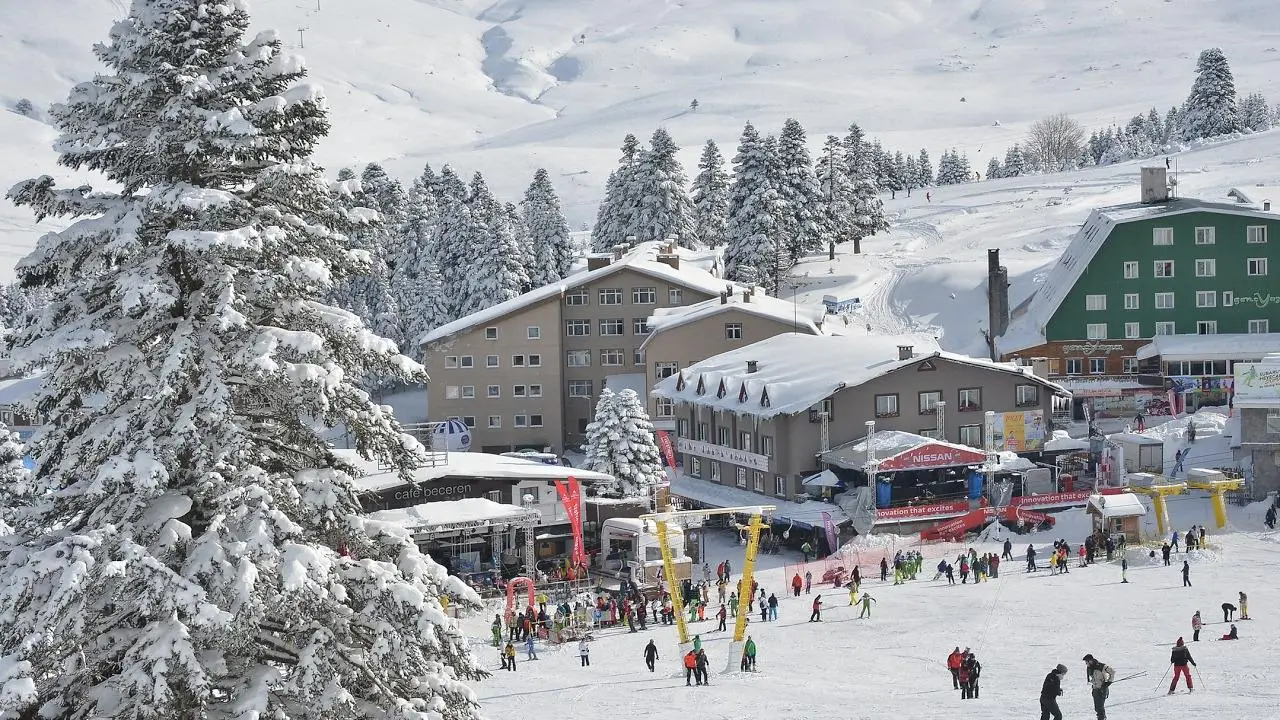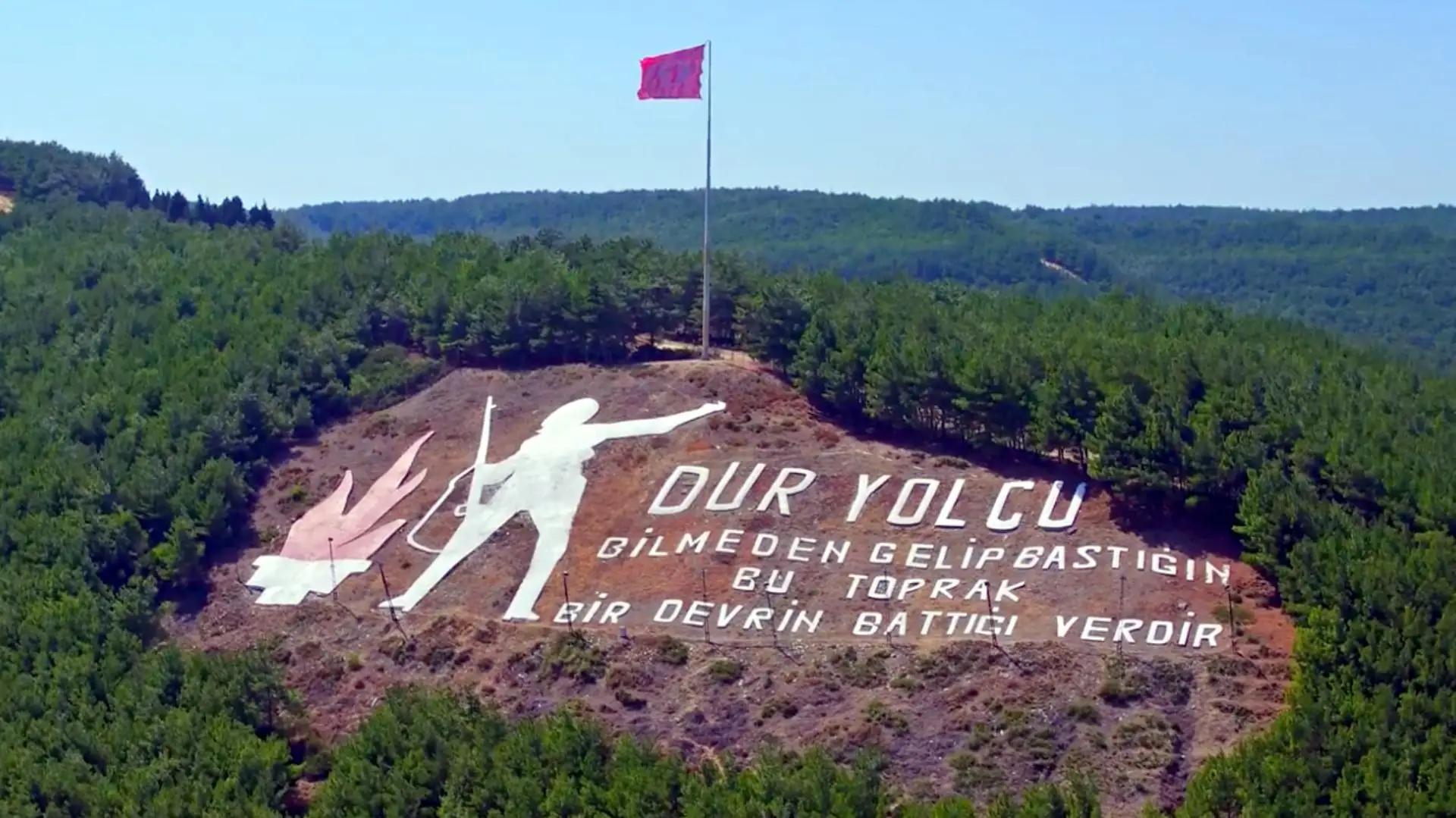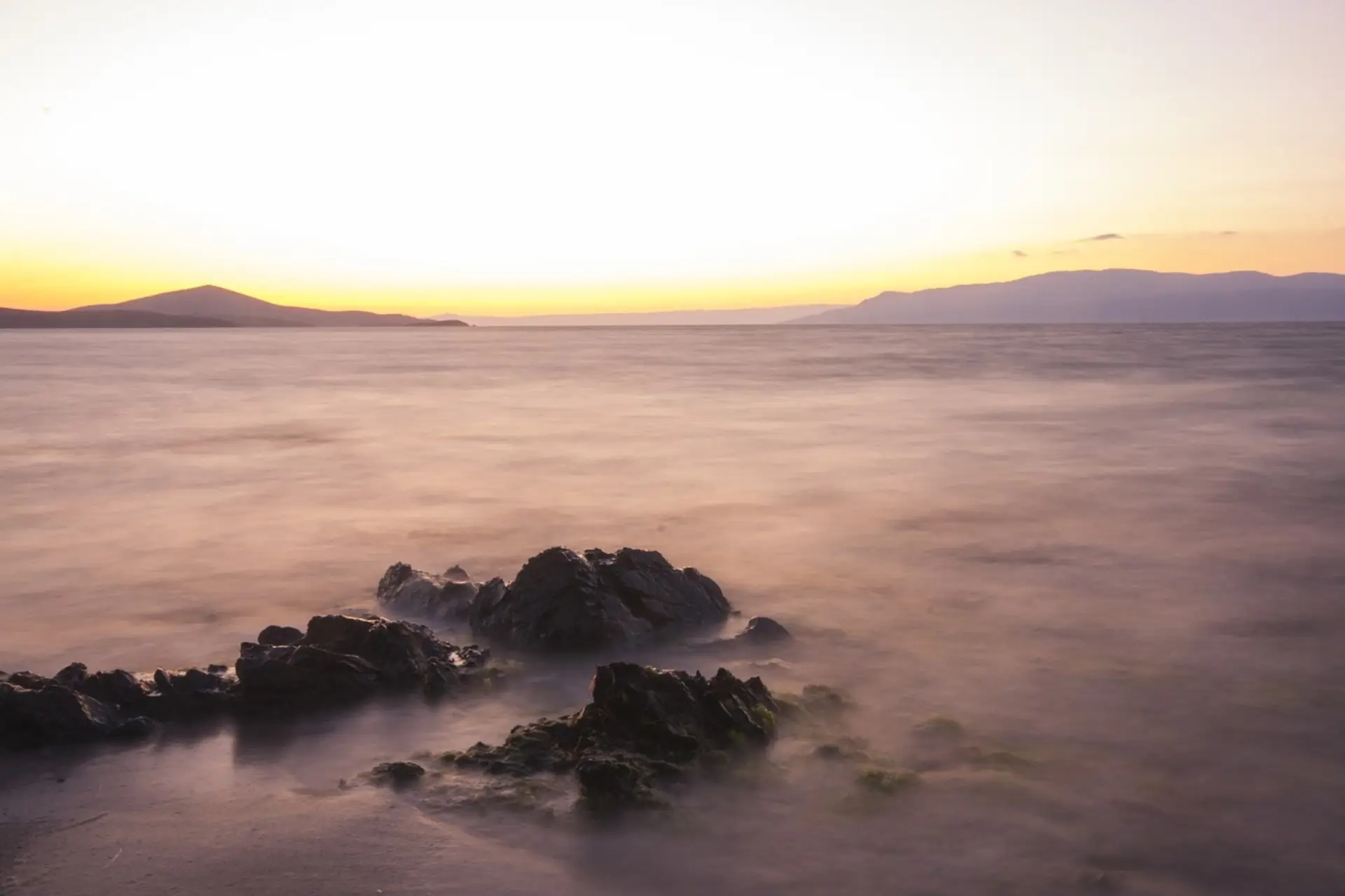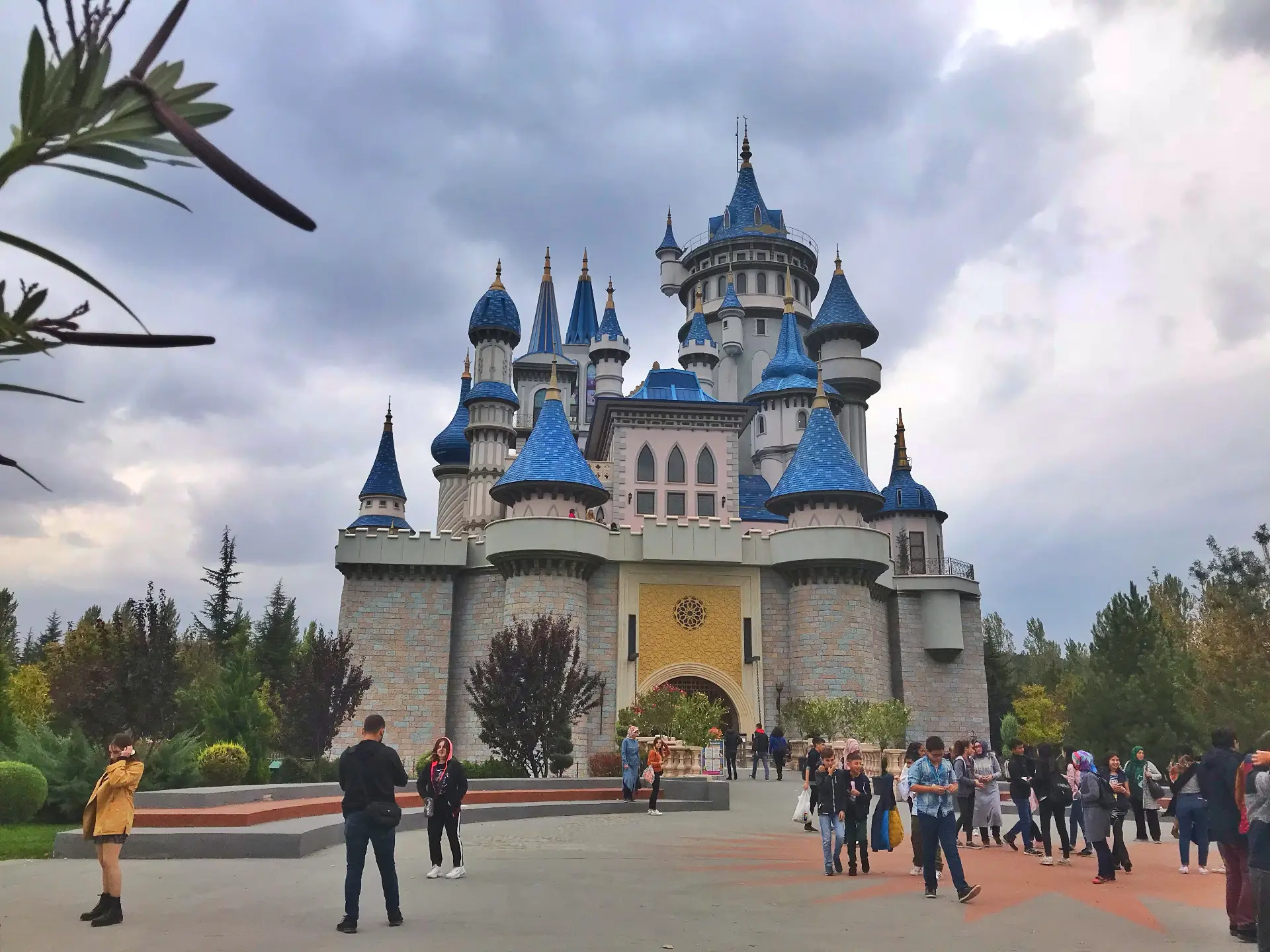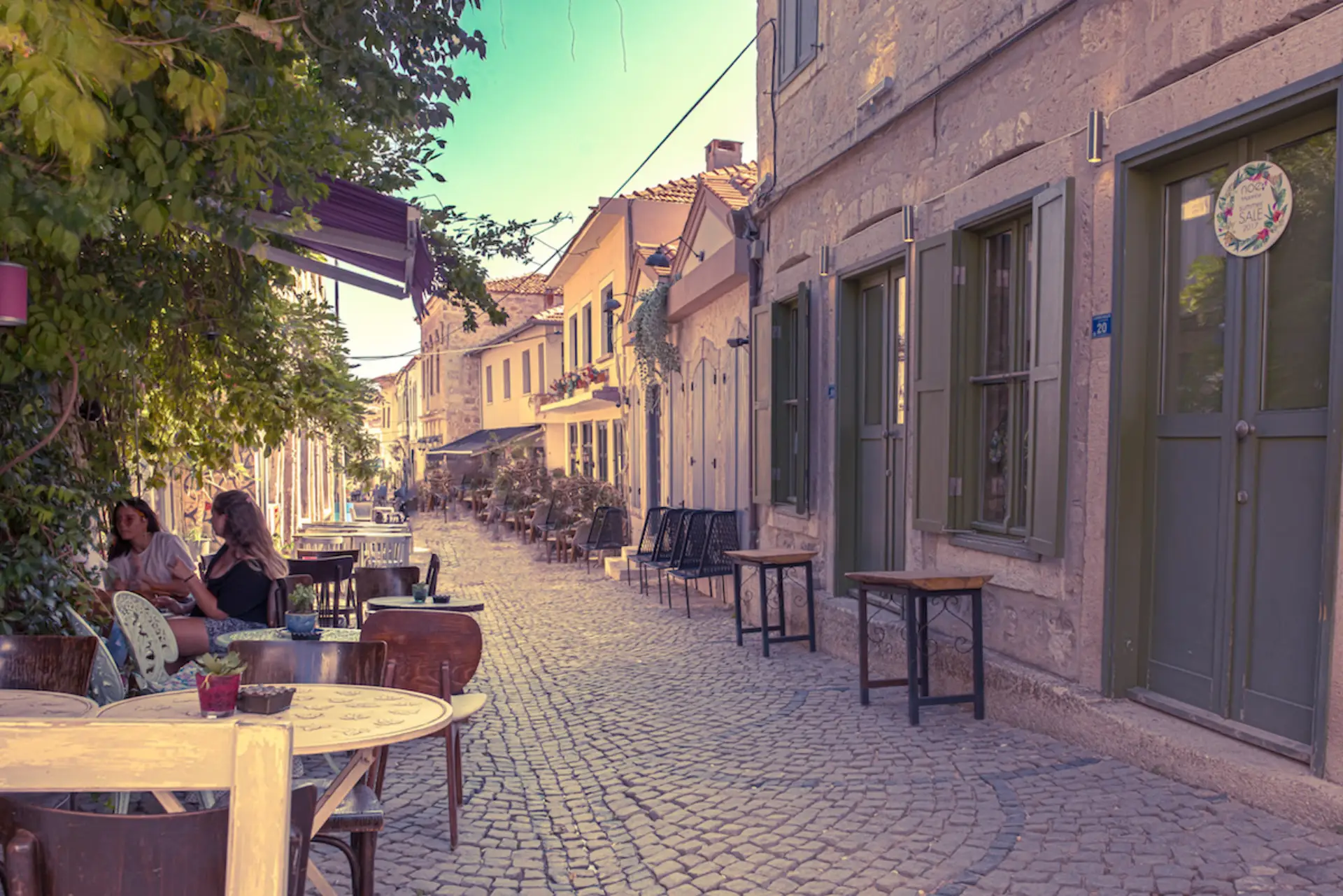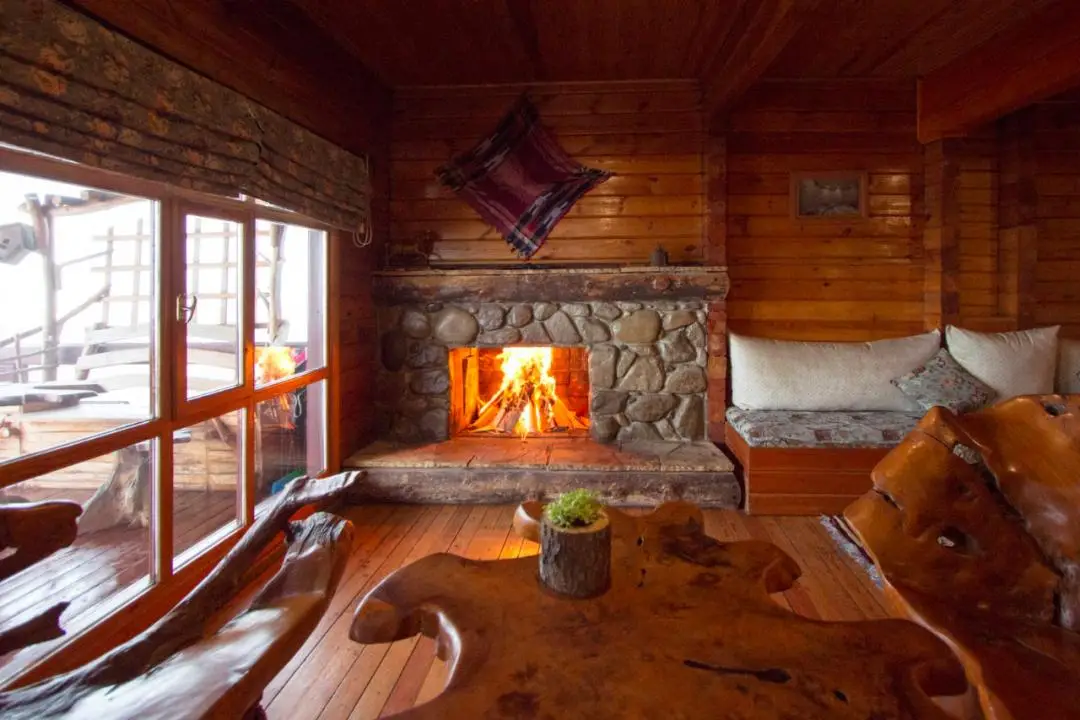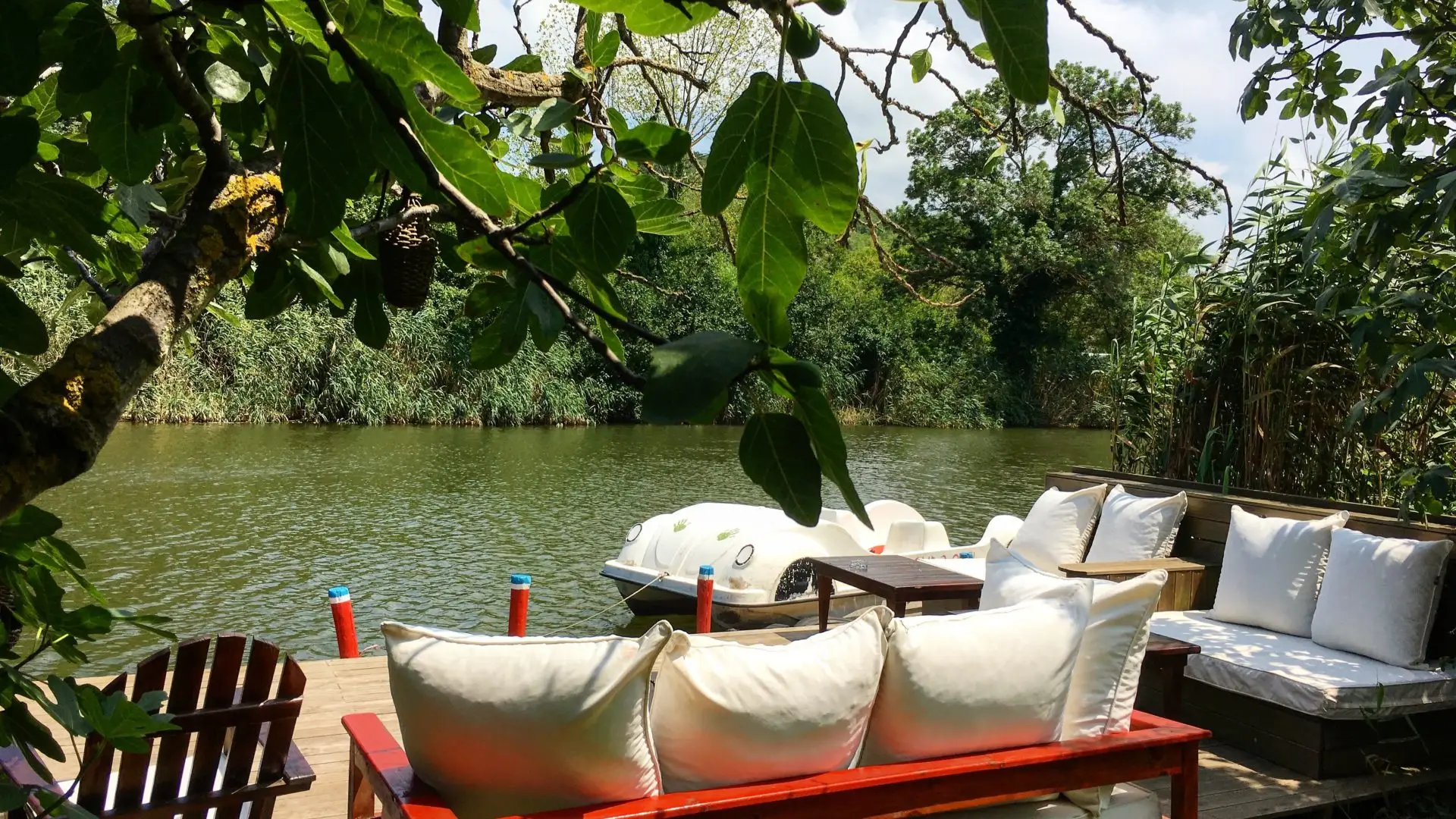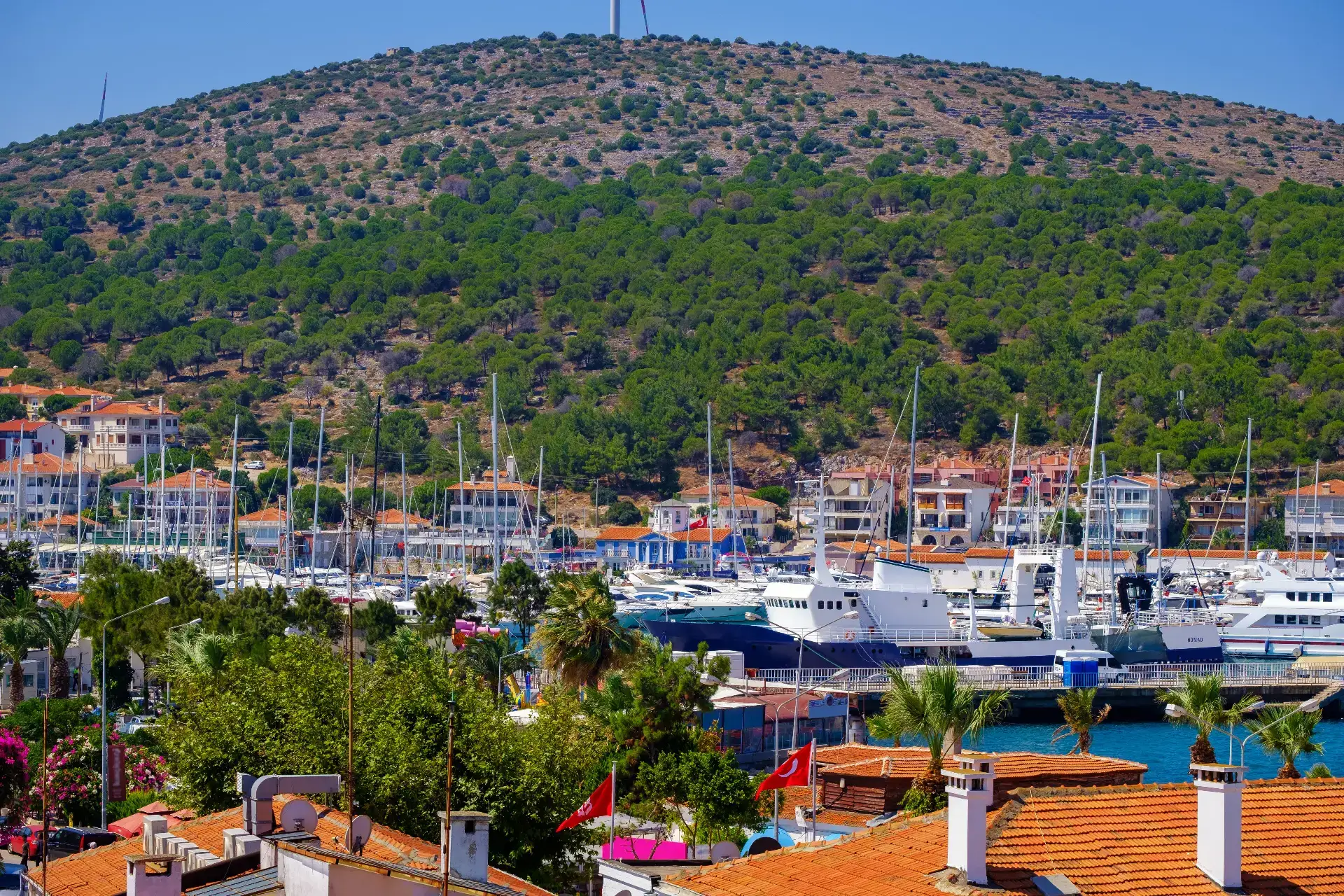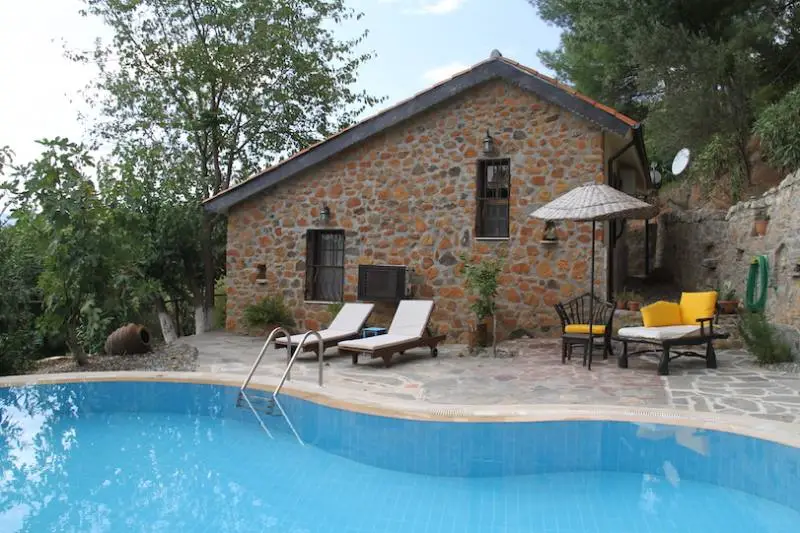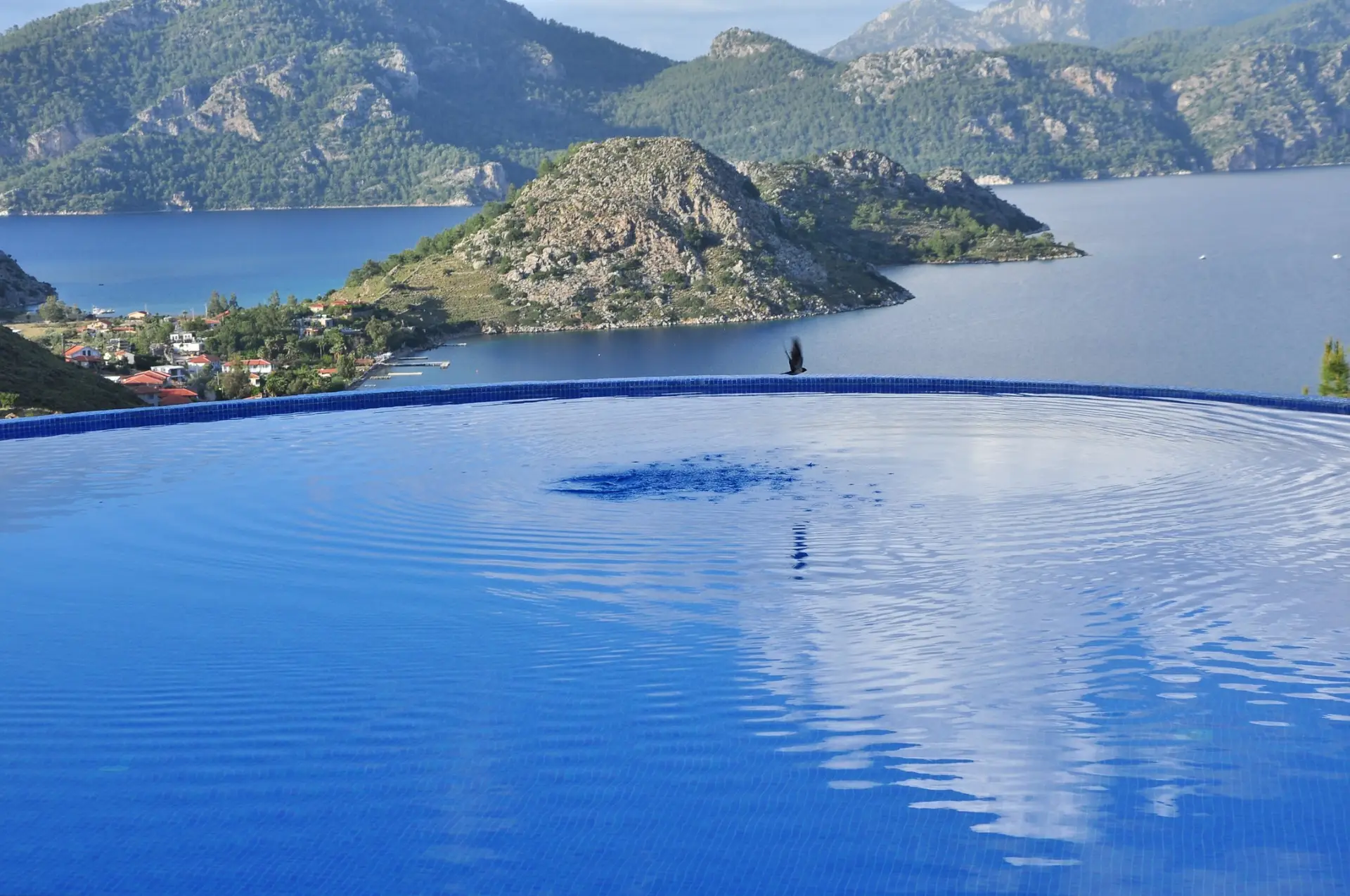The Voice of Cappadocia
Did you know that the best earthen darbukas in Turkey are made in Cappadocia and that one of the world's two handmade 'udu' masters lives in Avanos?

Archaeological studies in Anatolia indicate that the shaping of the earth by human beings began in the Neolithic Age. According to the findings, Anatolia had a very advanced ceramic culture. Unfortunately, very little of this rich culture has survived to the present day, and the last examples of it continue to live on thanks to a small number of artisans in the Avanos district of Nevşehir. The fertile soil of Cappadocia gives life not only to magnificent wine grapes, but also to earthenware pottery and the world's finest darbuka and udu.
The darbuka, which dates back to antiquity, is widely used in Arabic classical and folk music, especially in North Africa, but it can also be considered the 'national instrument' of Turkey. For more than 30 years, Avanos pottery master Mehmet Körükçü, who has been giving sound to the clay clay of the Kızılırmağ River, has become the name sought by rhythm masters around the world. Master Mehmet, who has mastered the production of darbuka, has now taken up the production of the oud, an instrument of Nigerian origin. He is one of only two people in the world who make the udu, which was inspired by the sound of earthen jars used to carry water in Nigeria and spread rapidly to other countries, by hand and from clay. "I send musical instruments to many countries, especially Belgium, Germany, Norway, Holland, France and the U.S. This musical instrument is made using molds. I make it by hand and with care, without using molds, with the clay I get from the soil of Kızılırmak. They say that the sound is more beautiful in the ouds I make," he says.
Mehmet Usta’nın enstrümanlarıyla Kapadokya toprağından çıkan sesleri duymak için şu videoyu izleyebilirsiniz:
https://www.youtube.com/watch?v=FrpL93iRWTY


